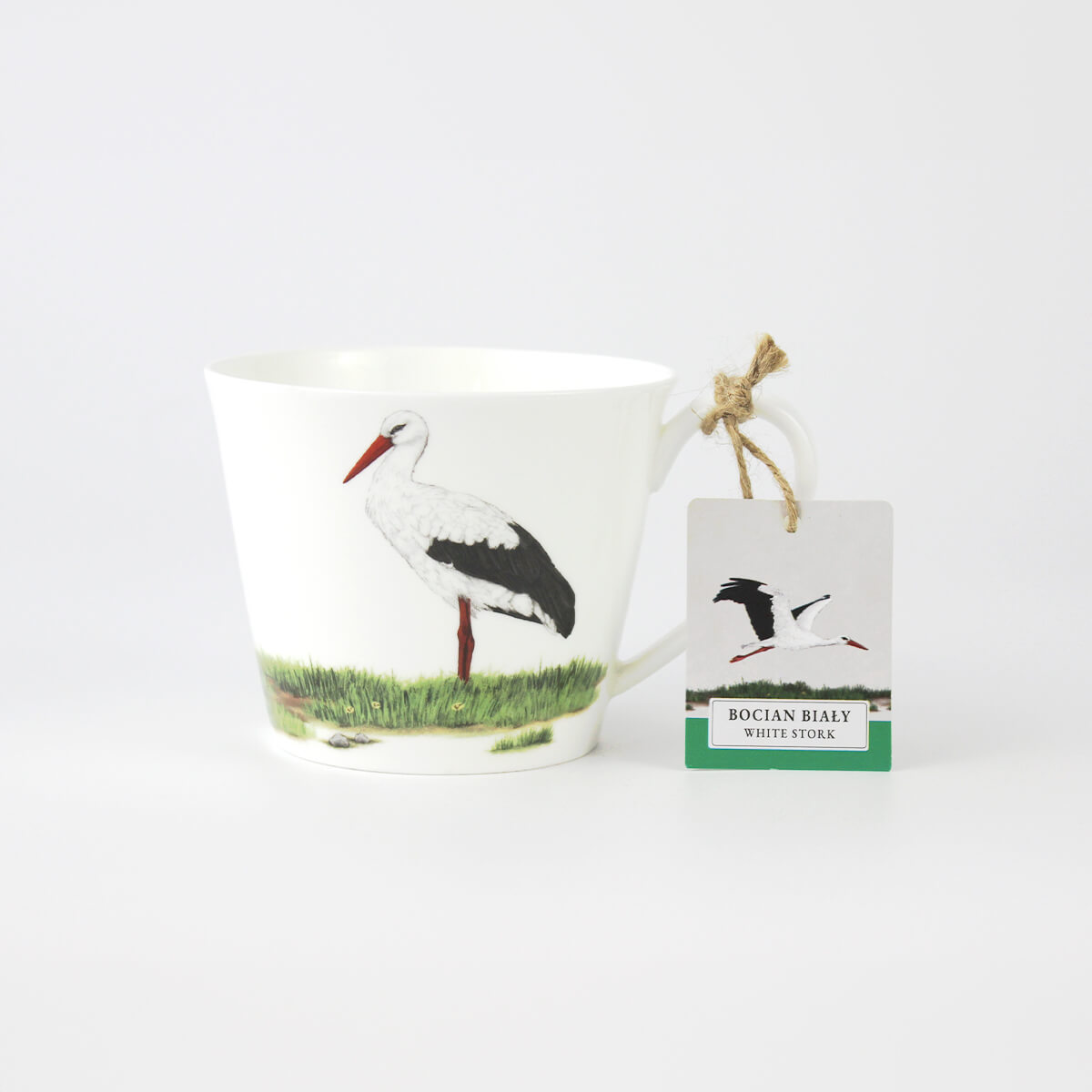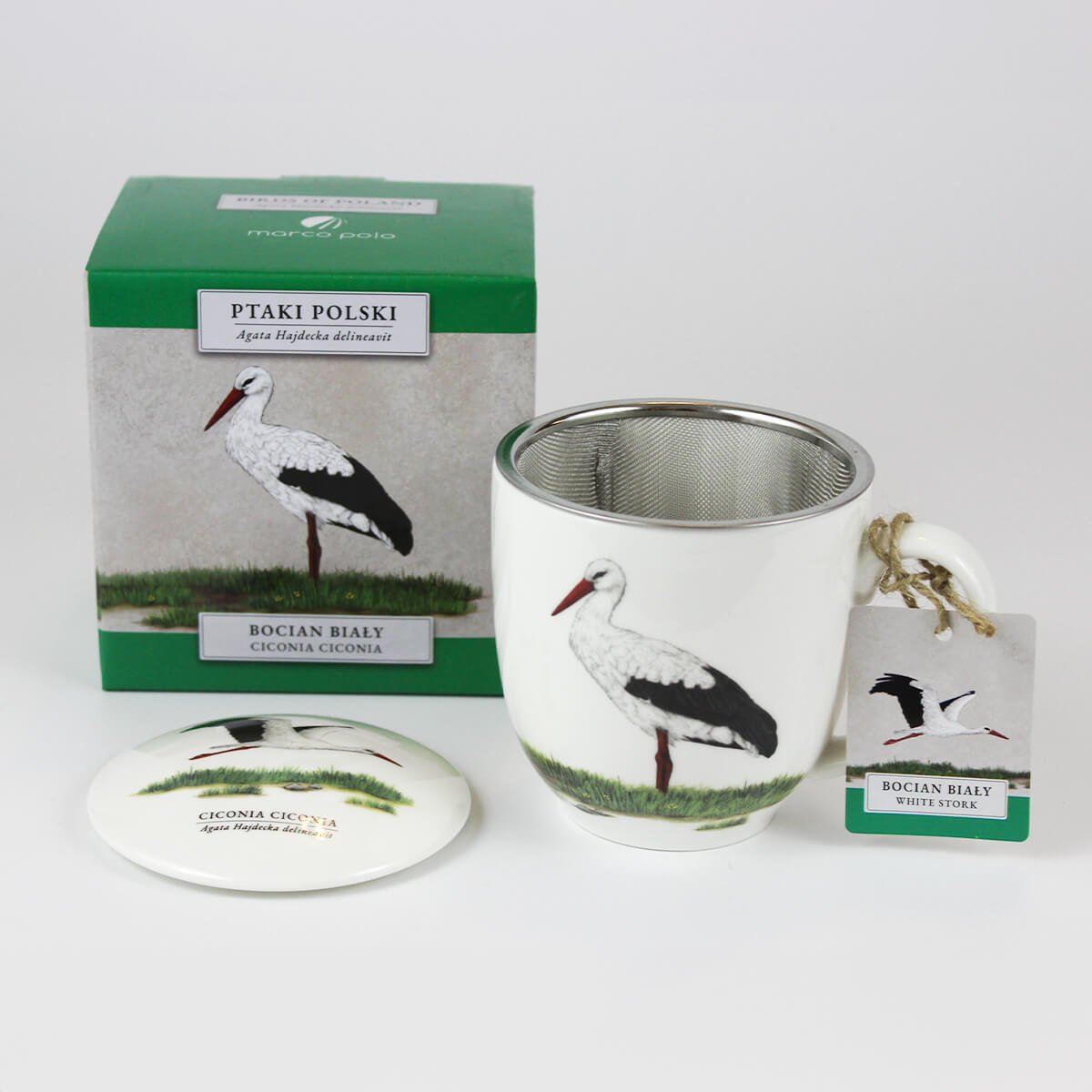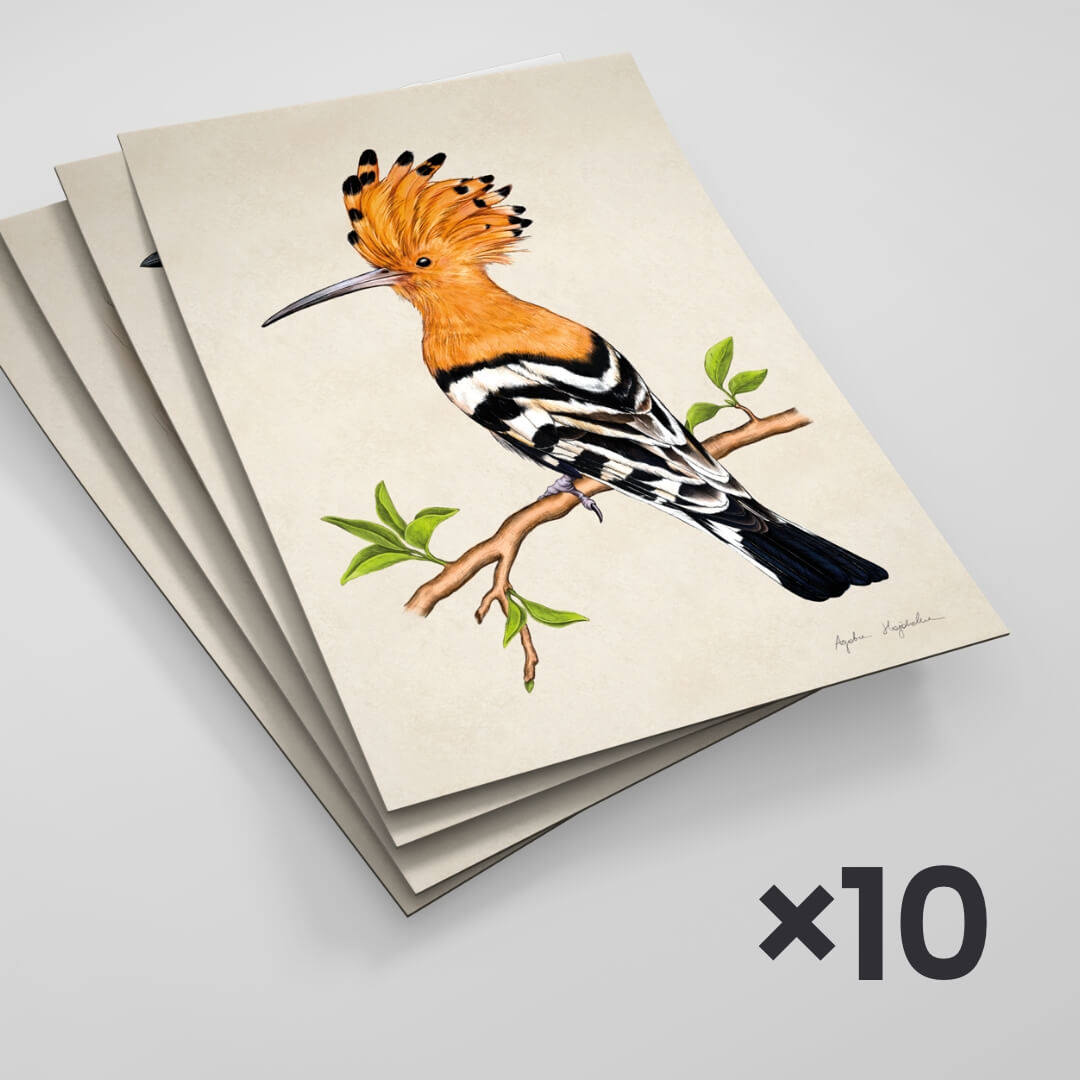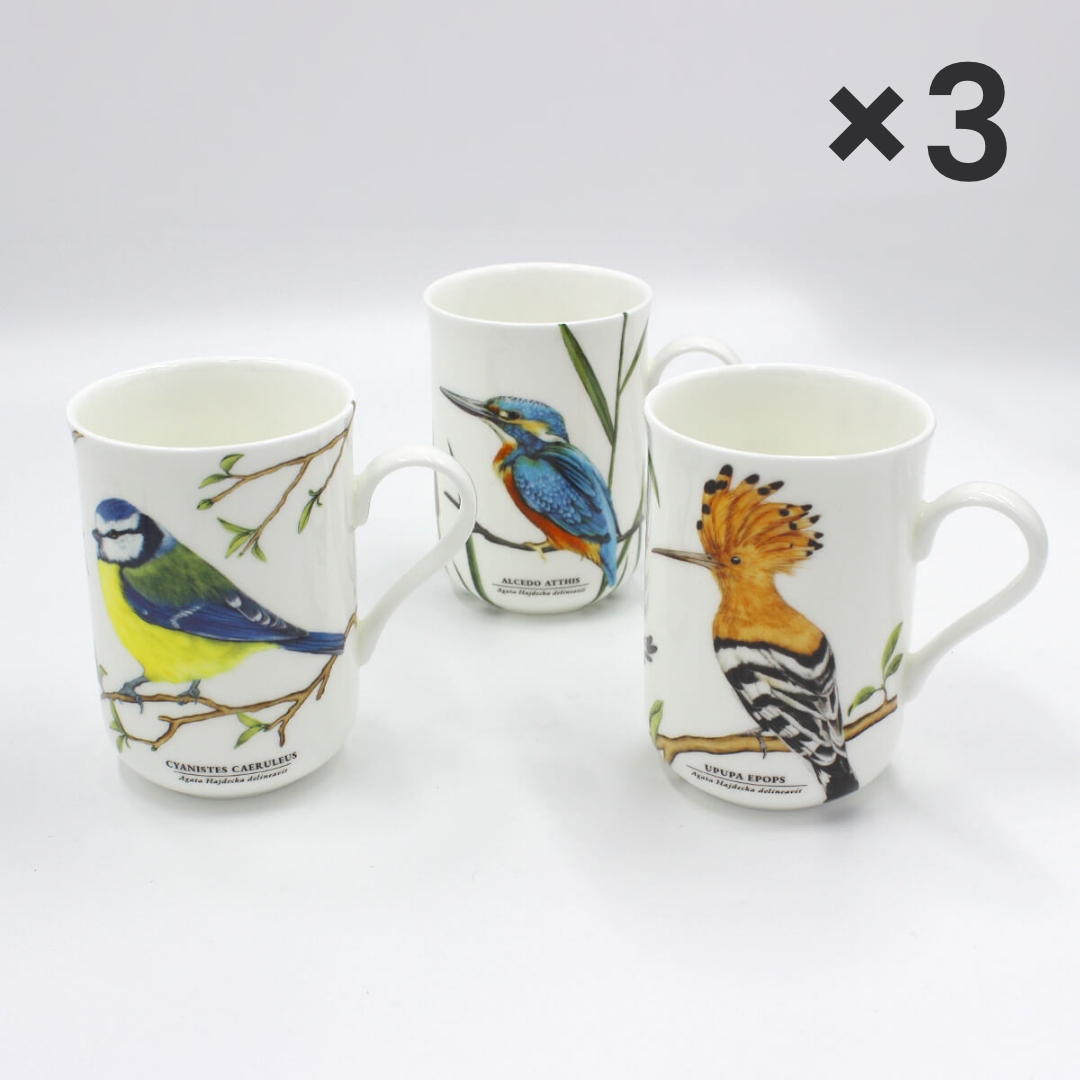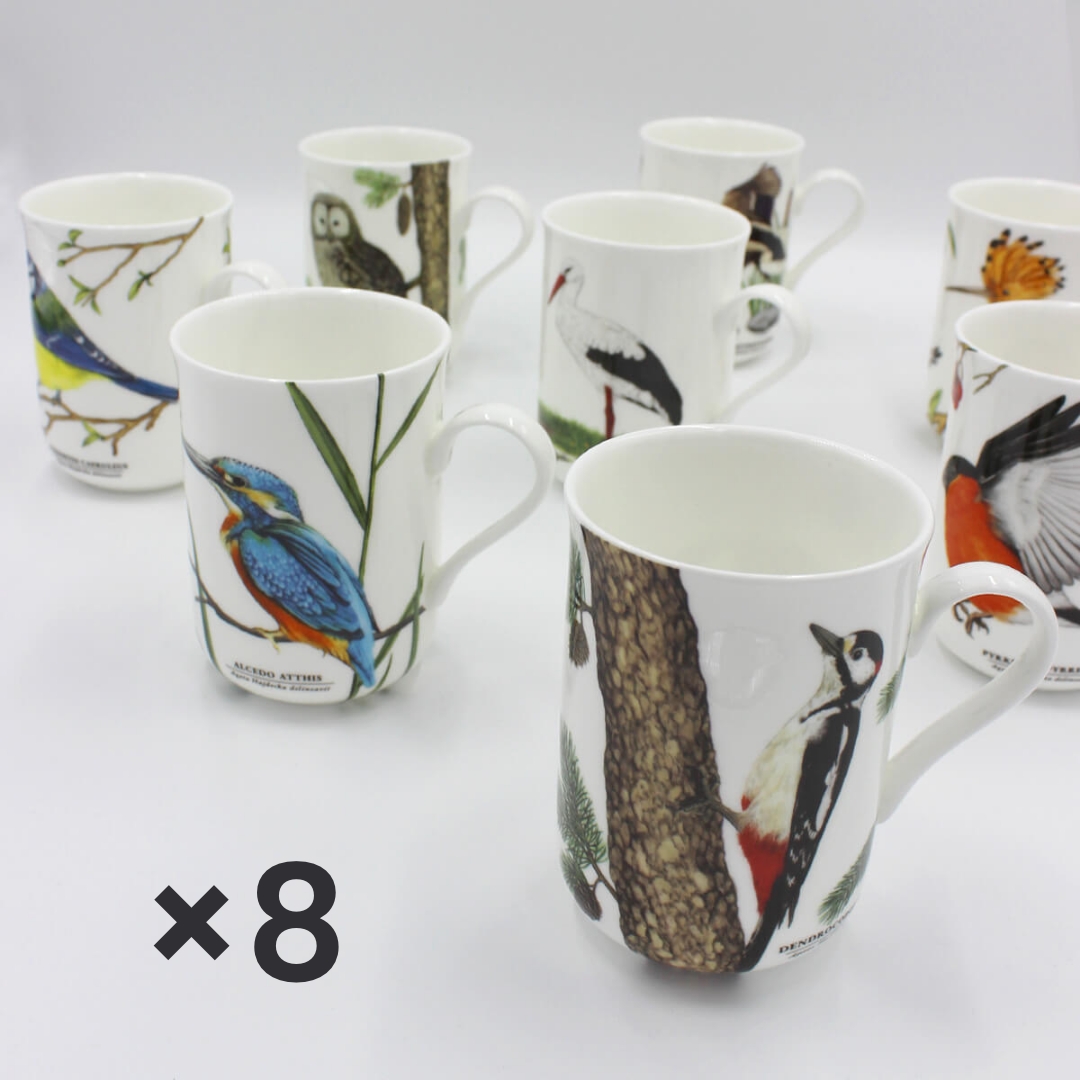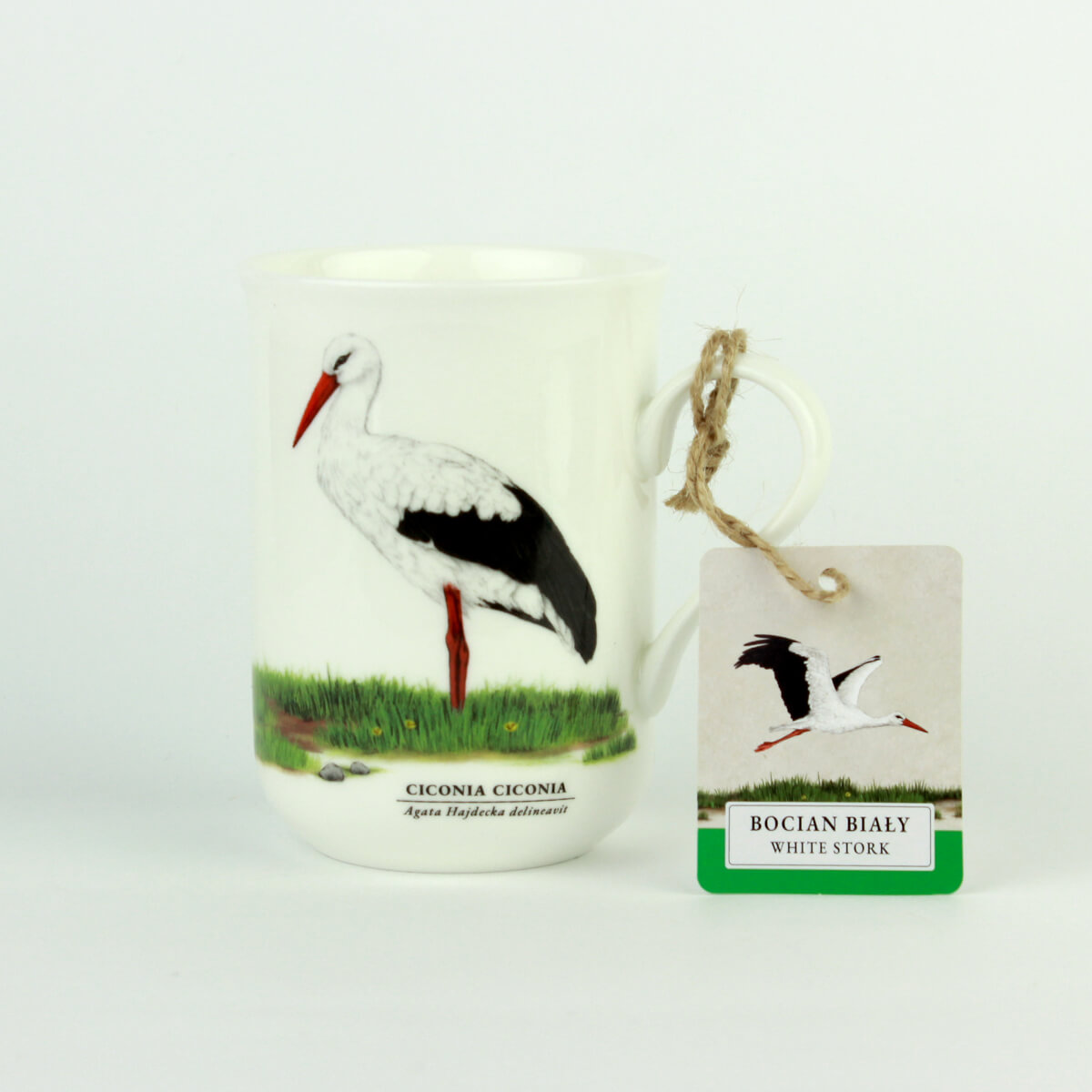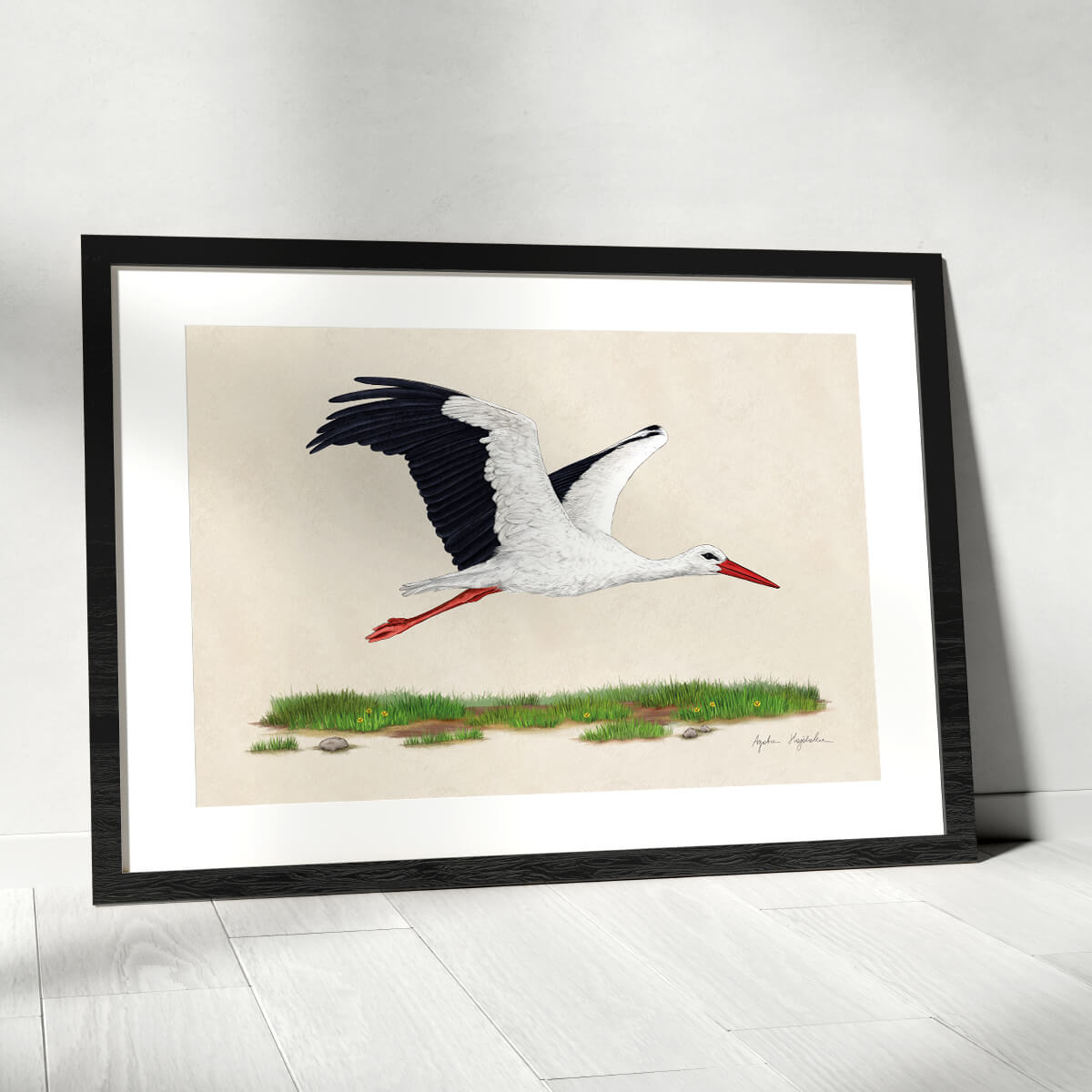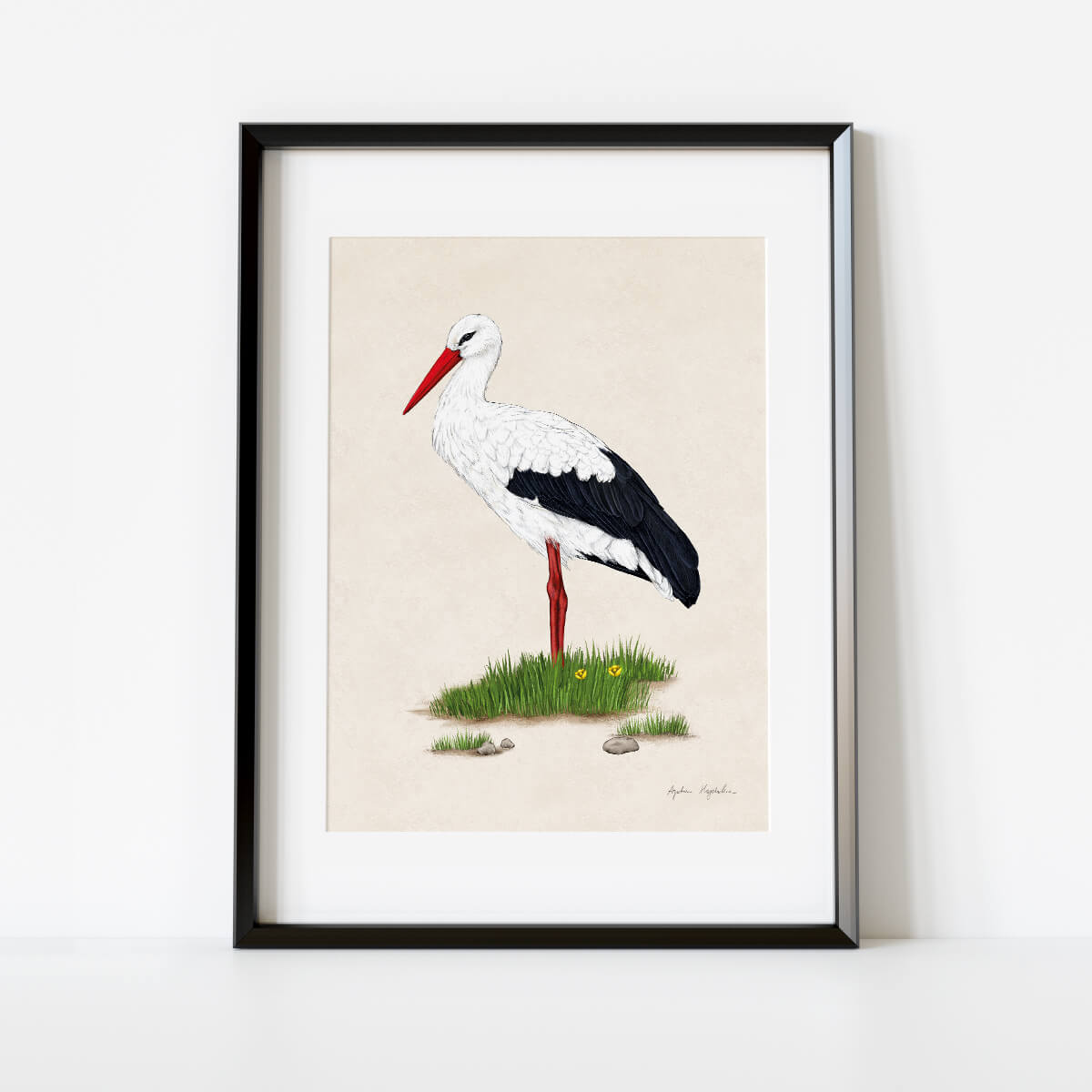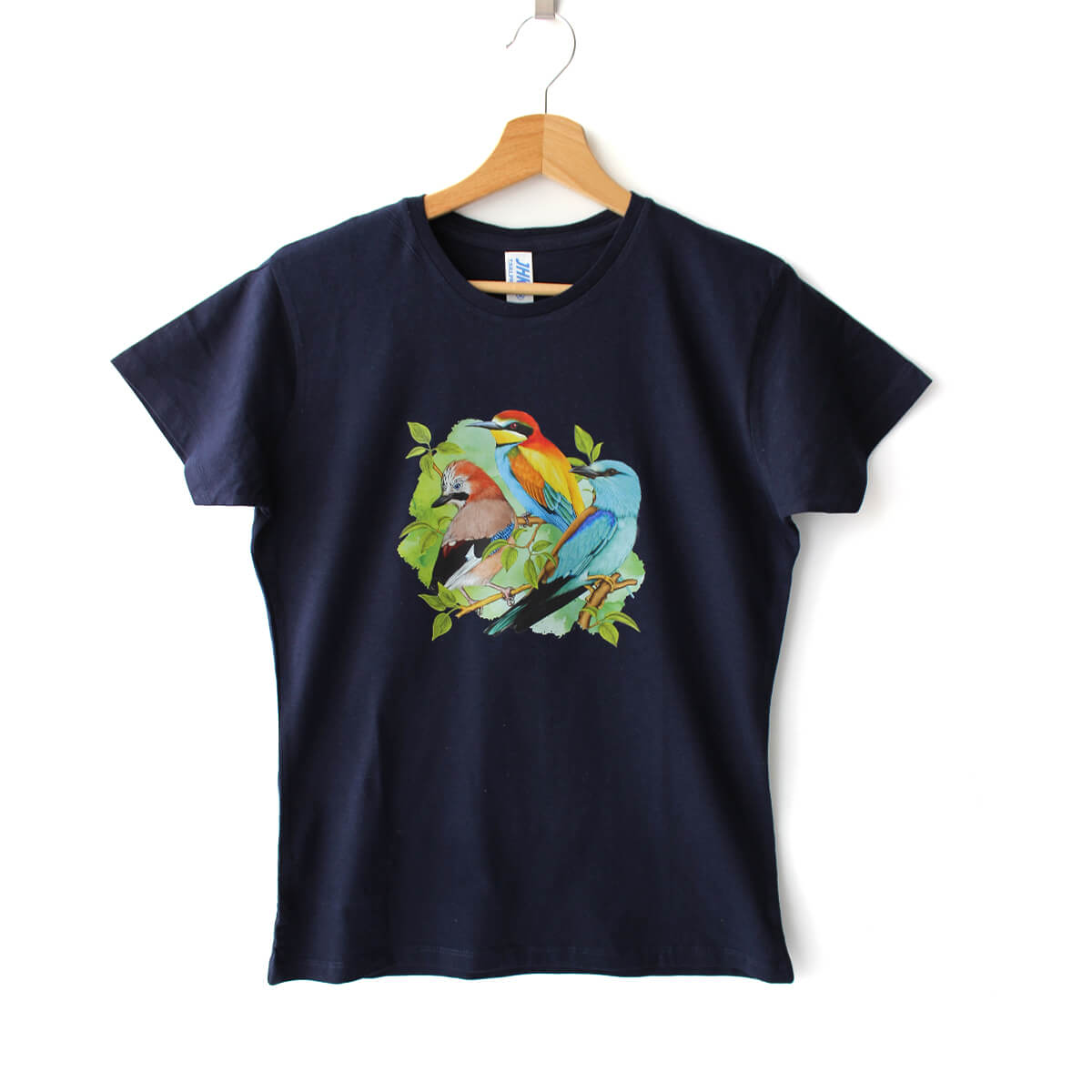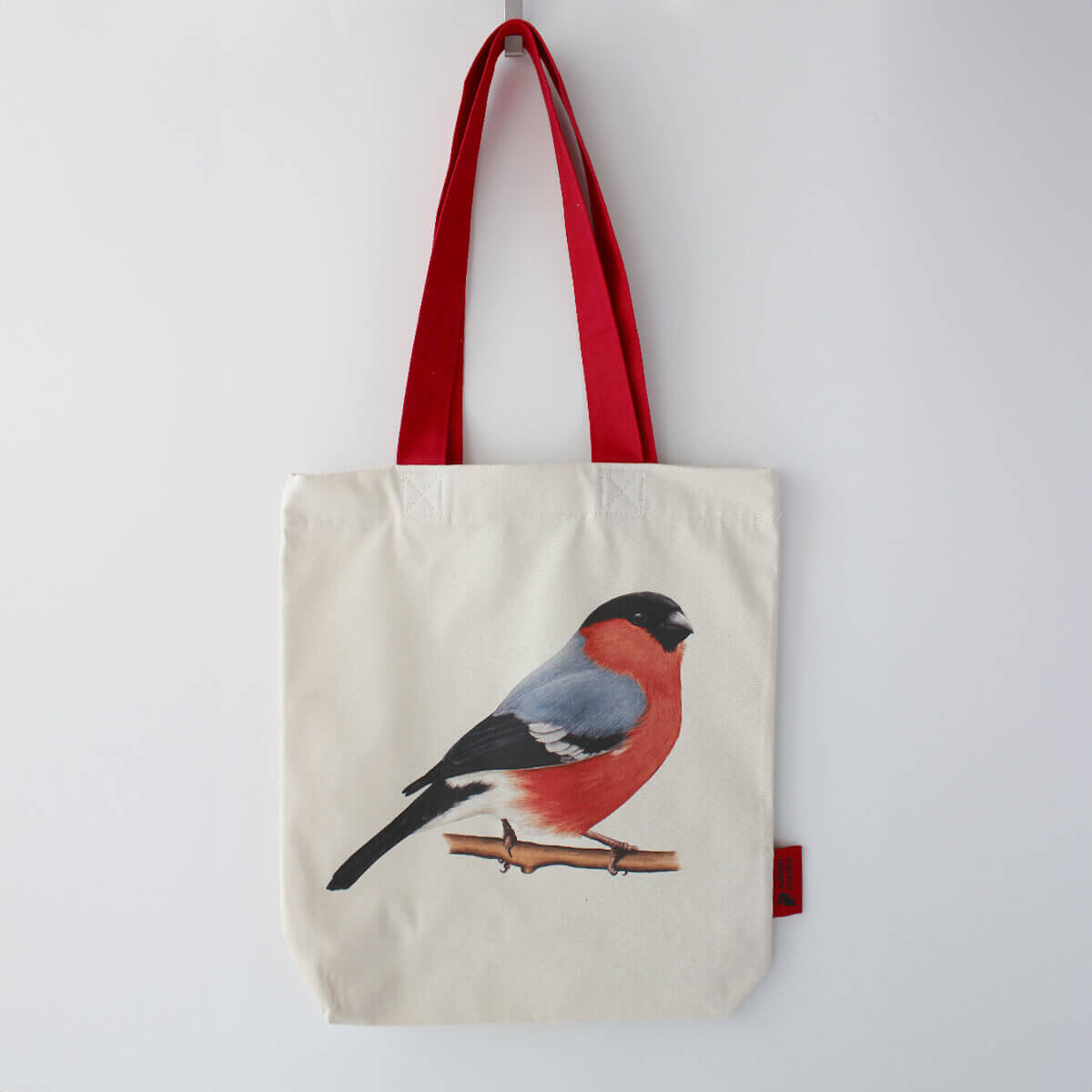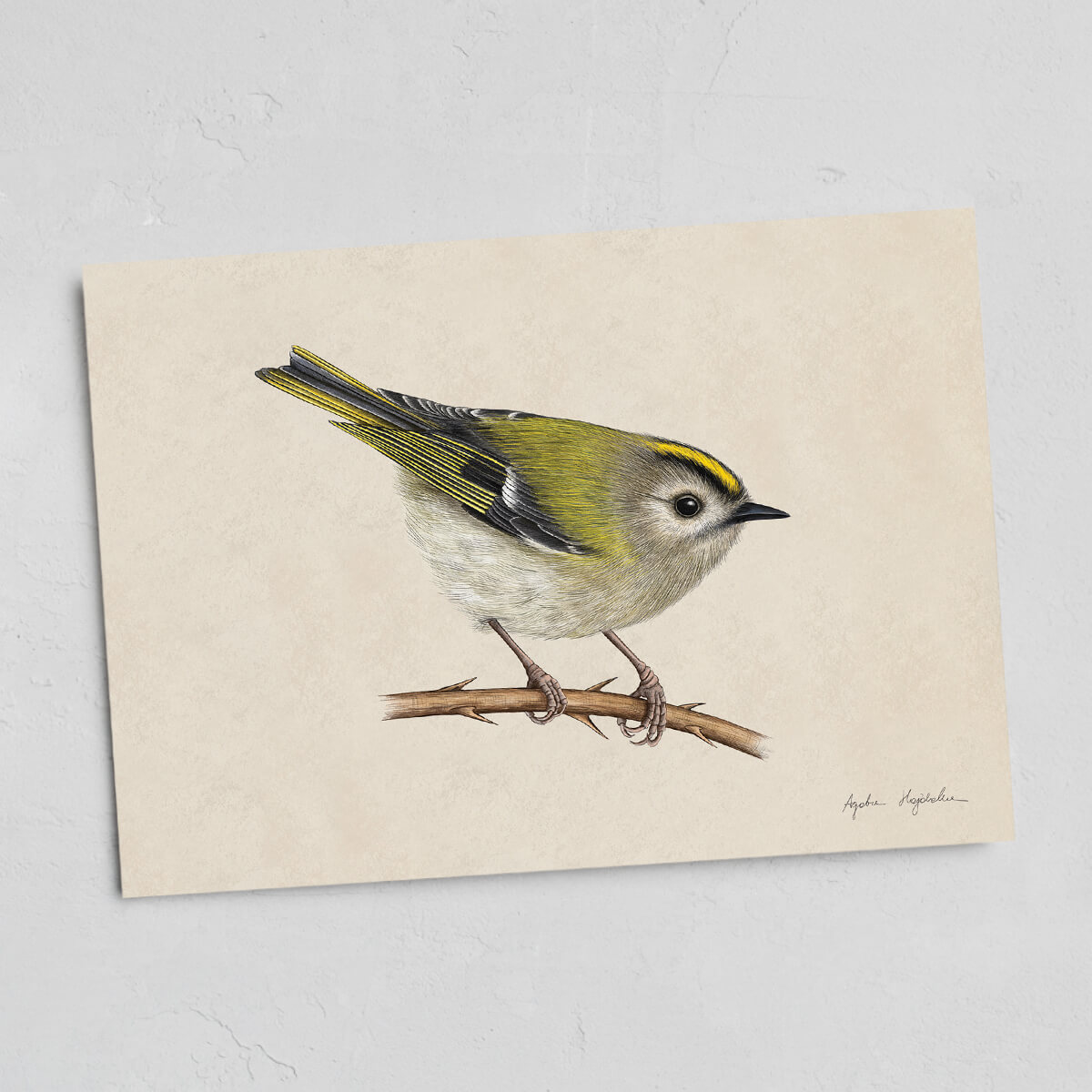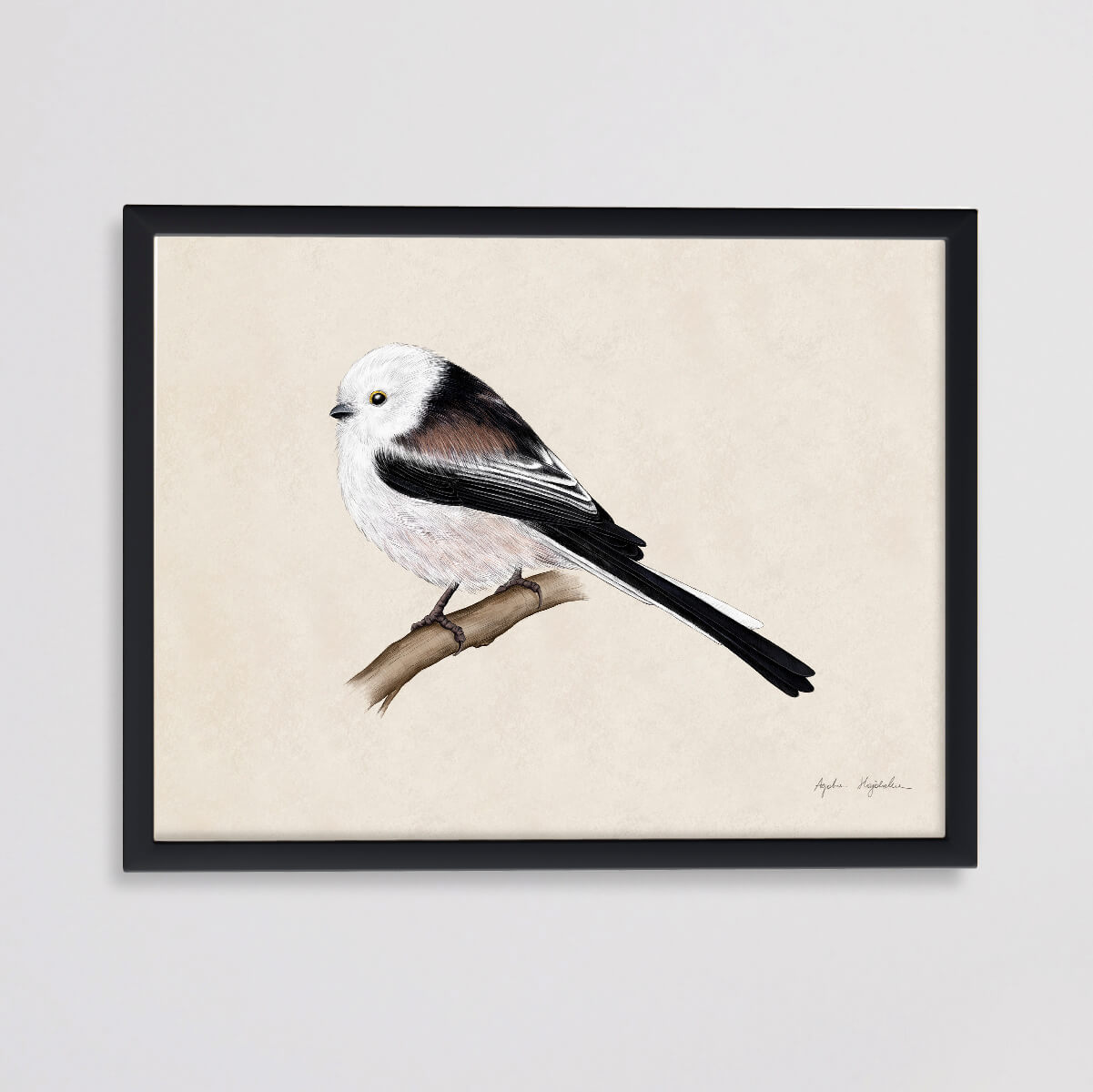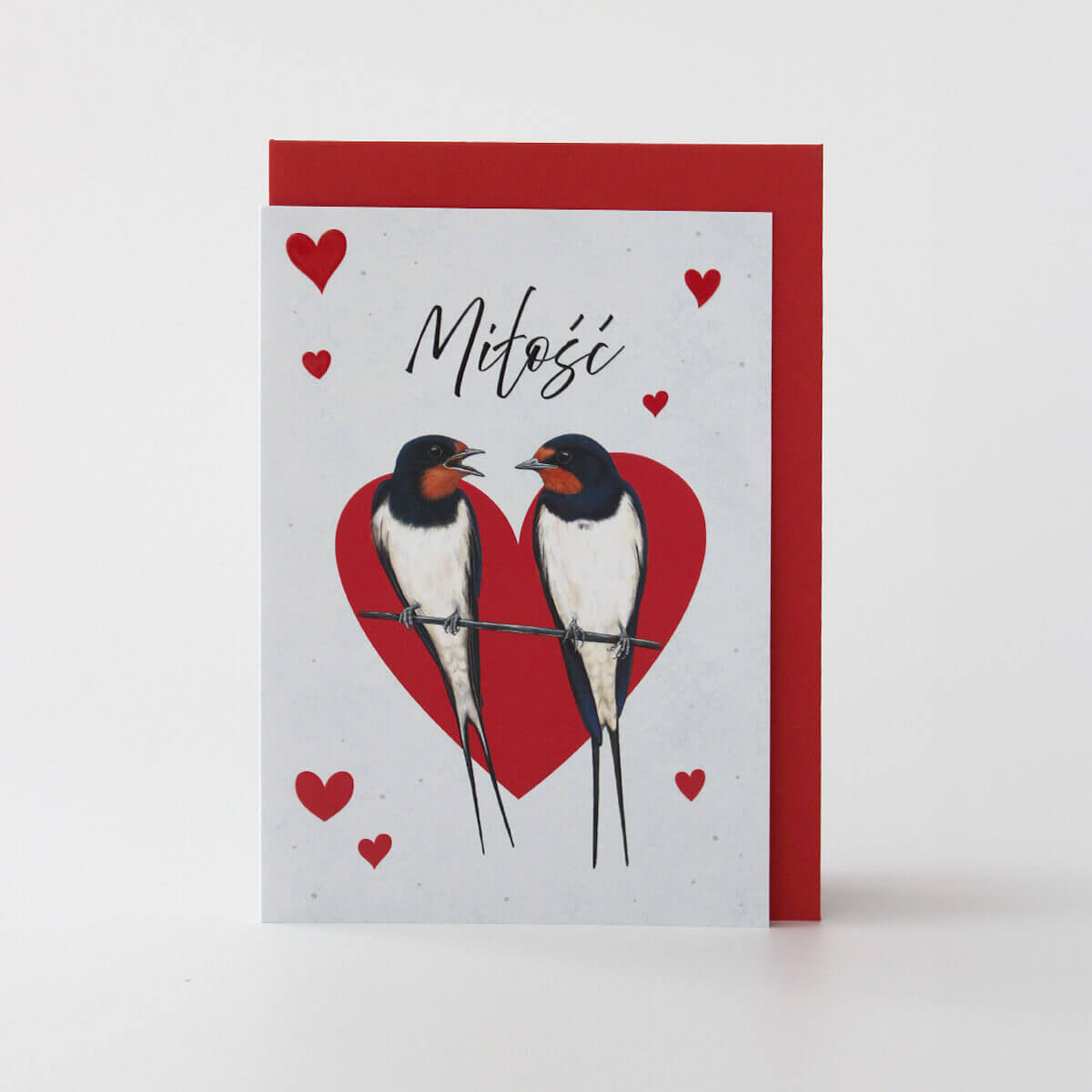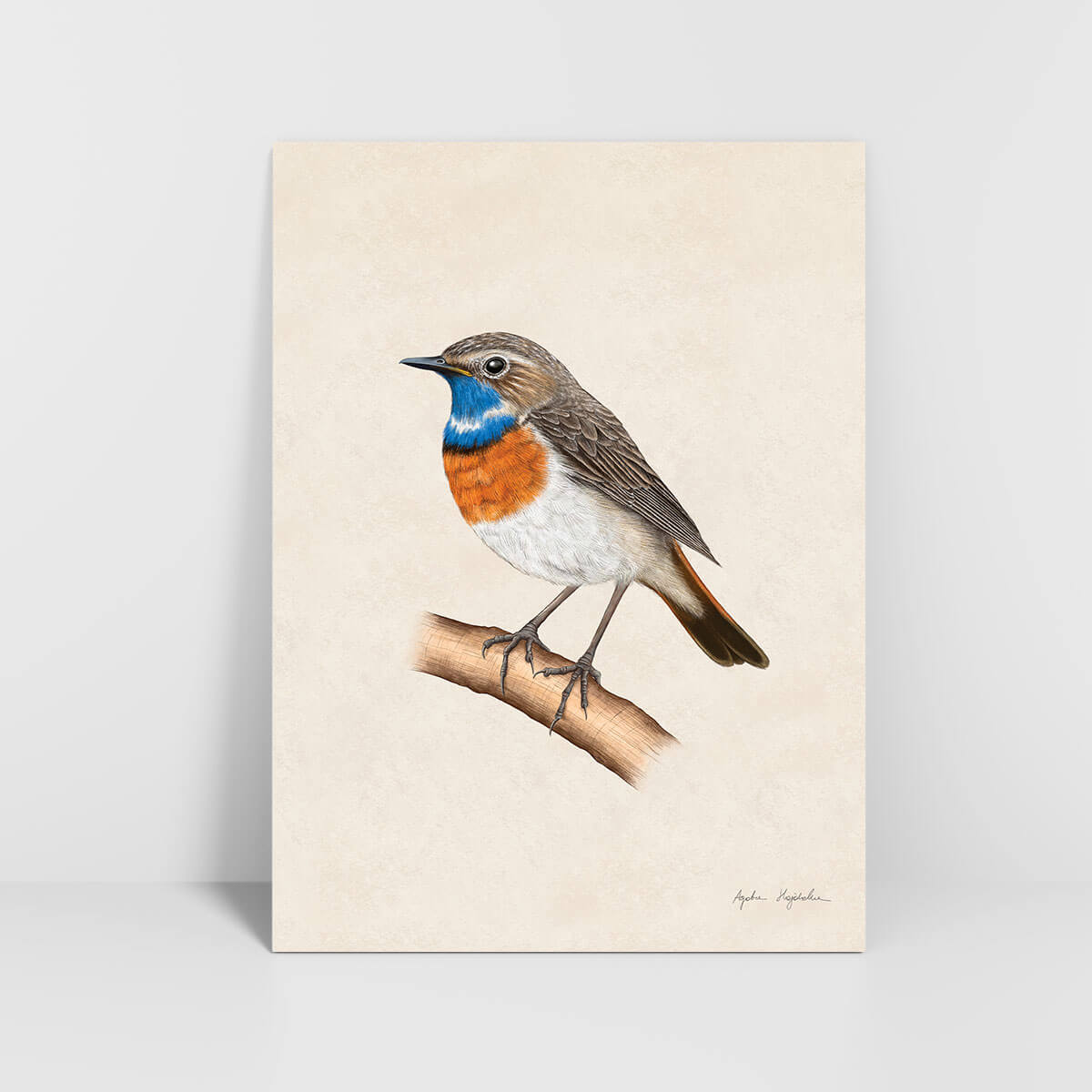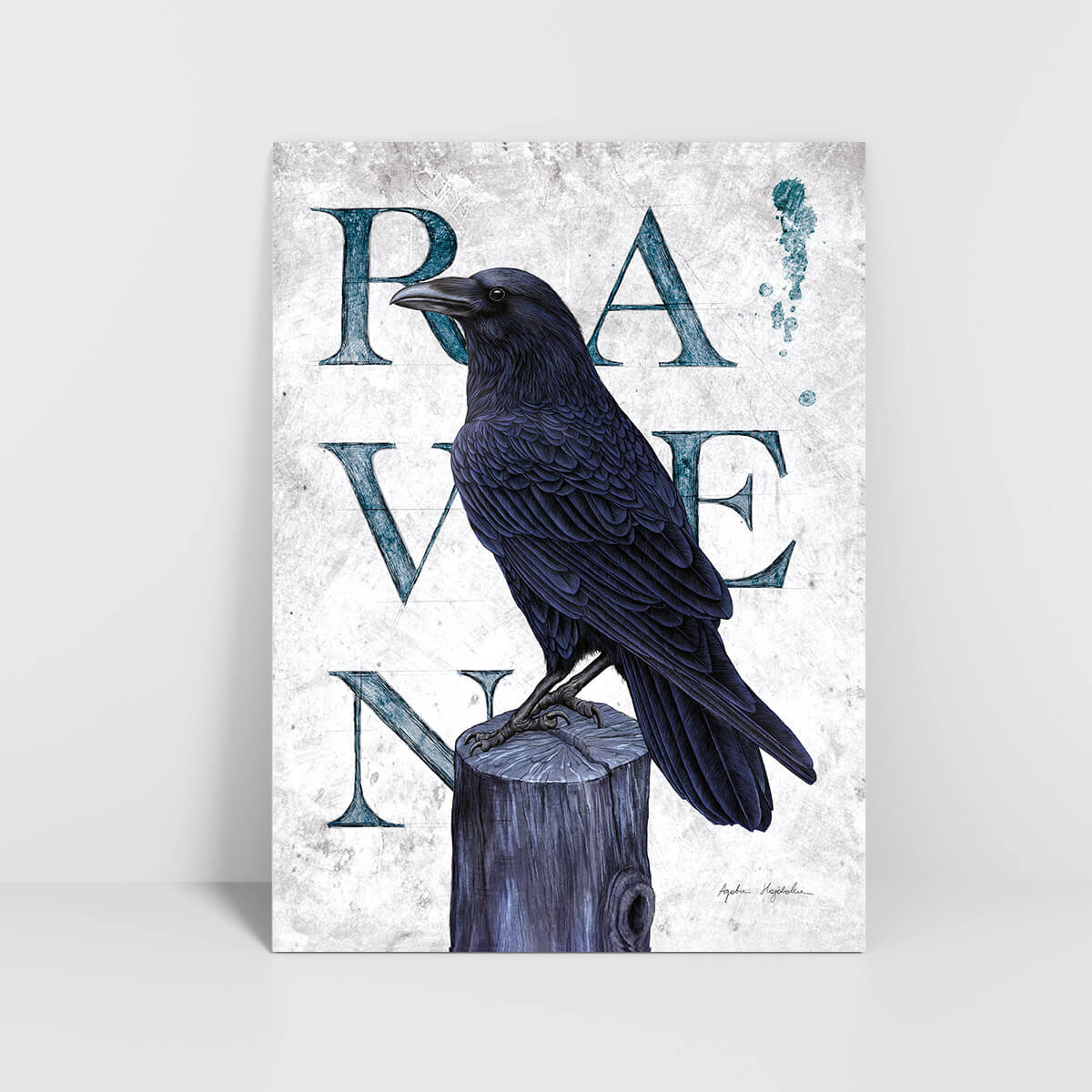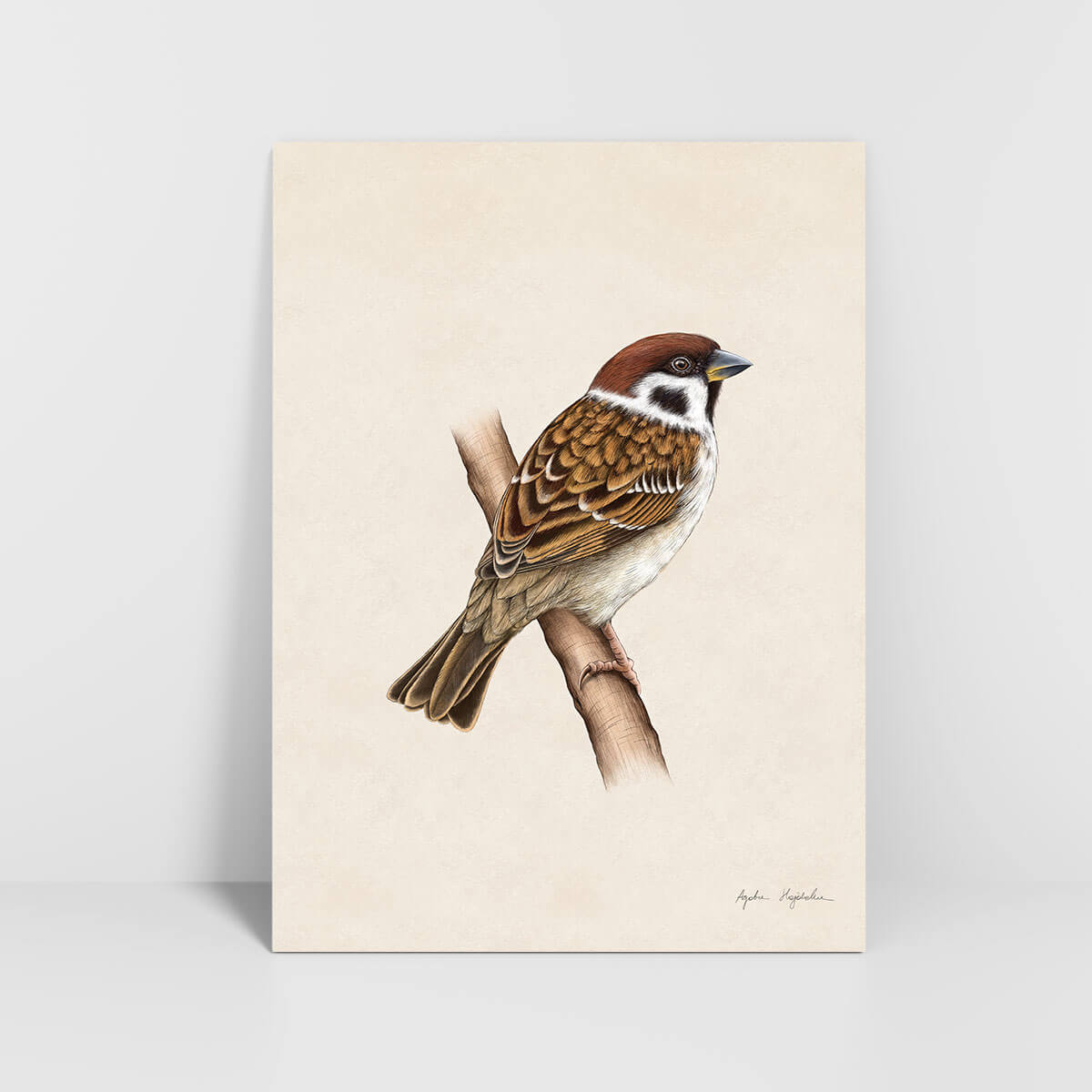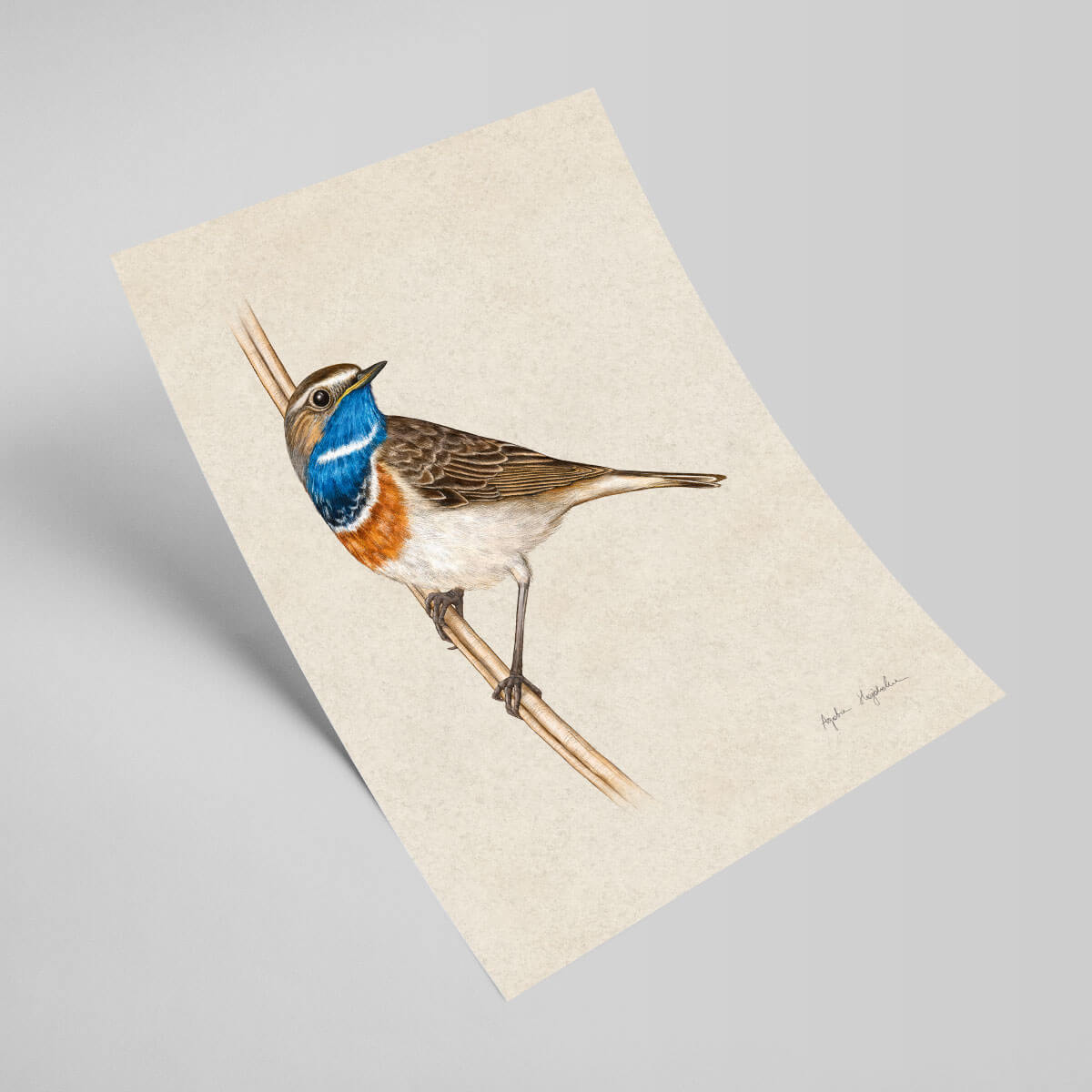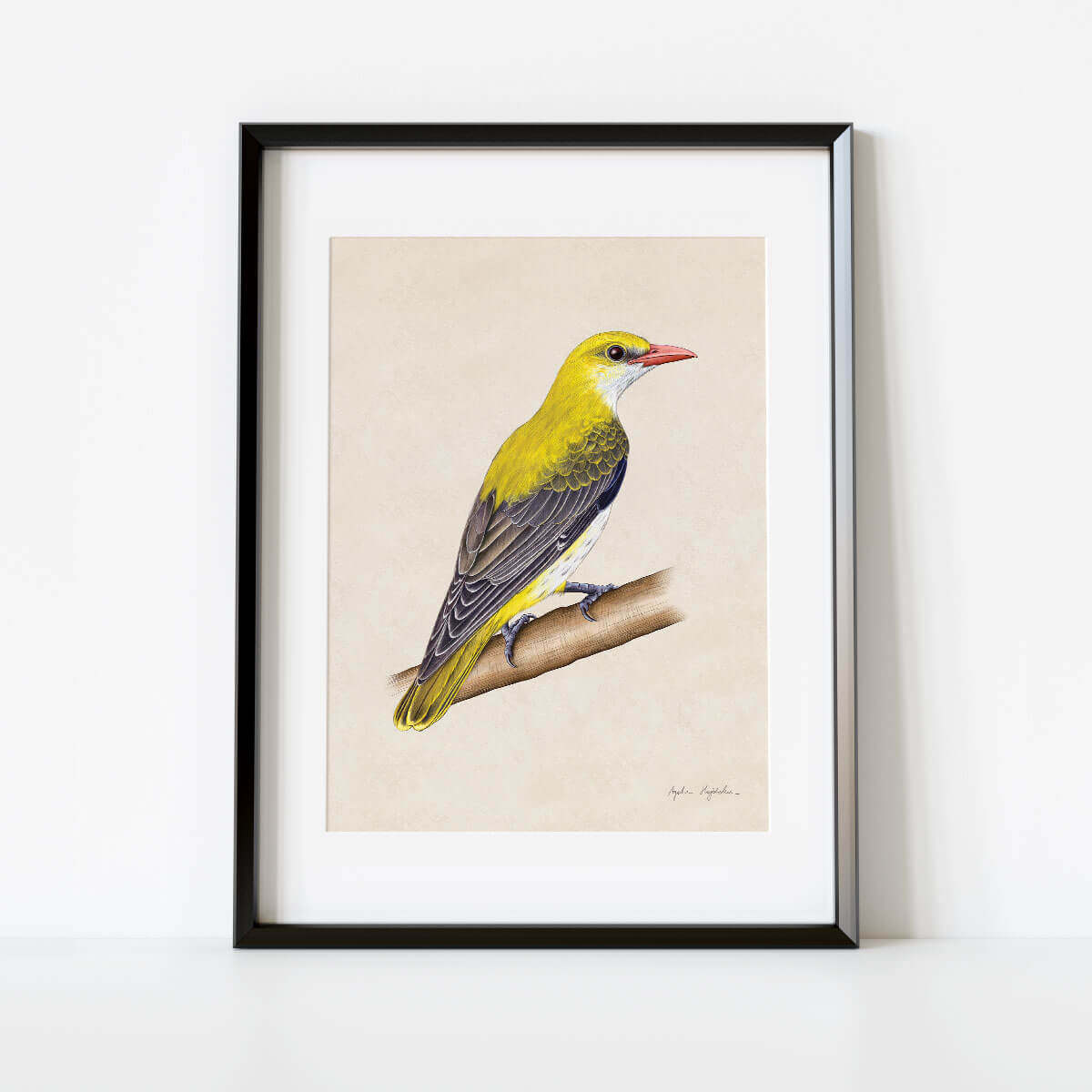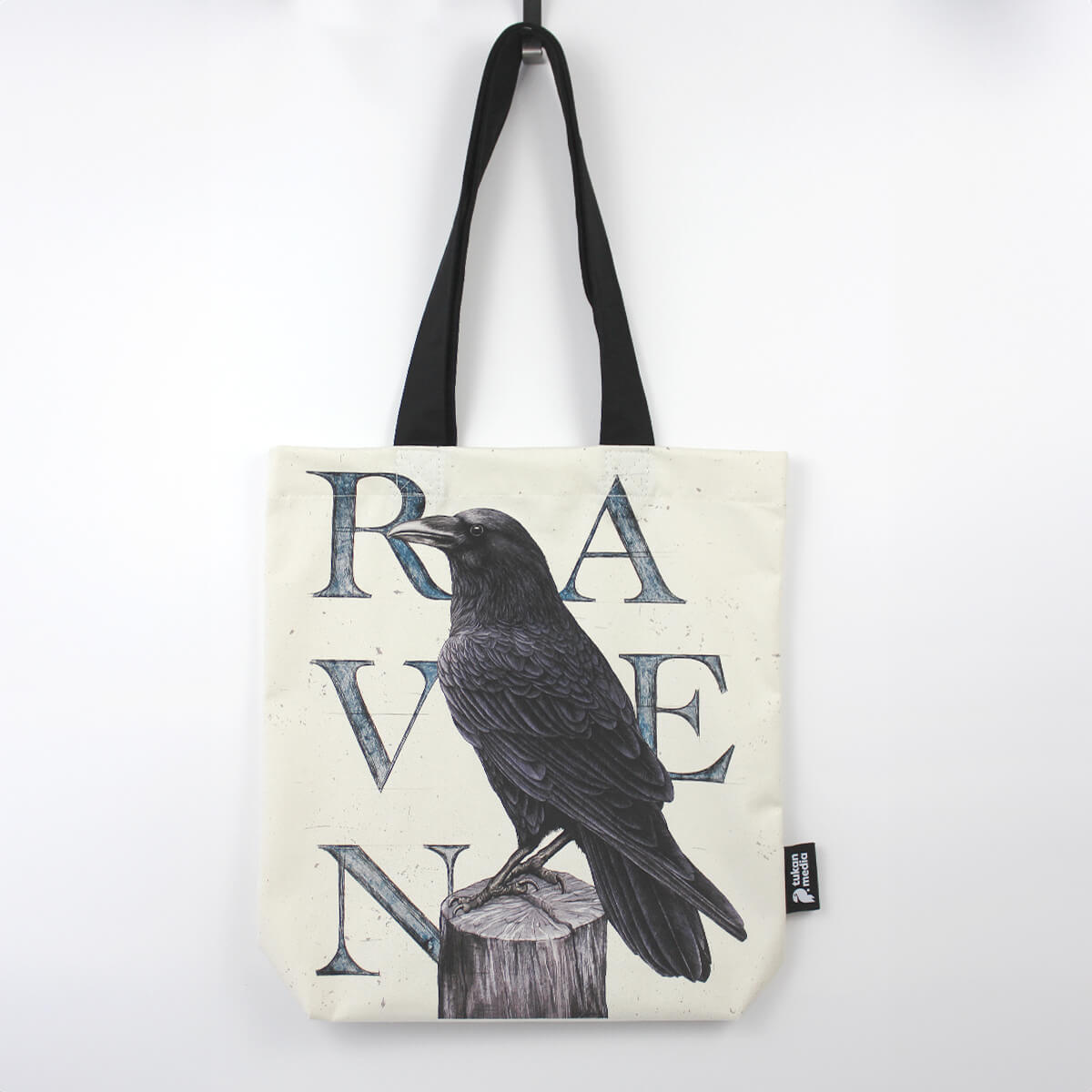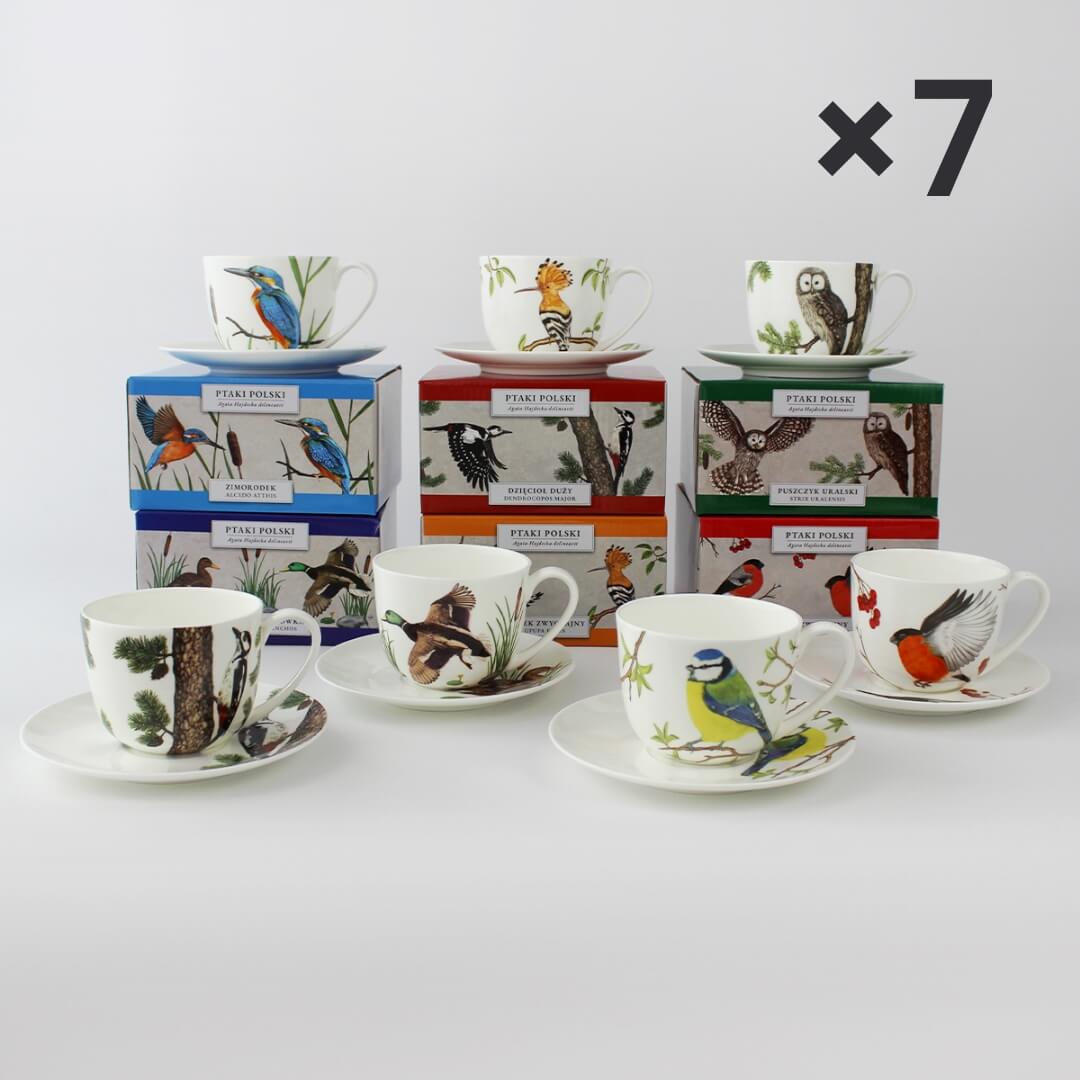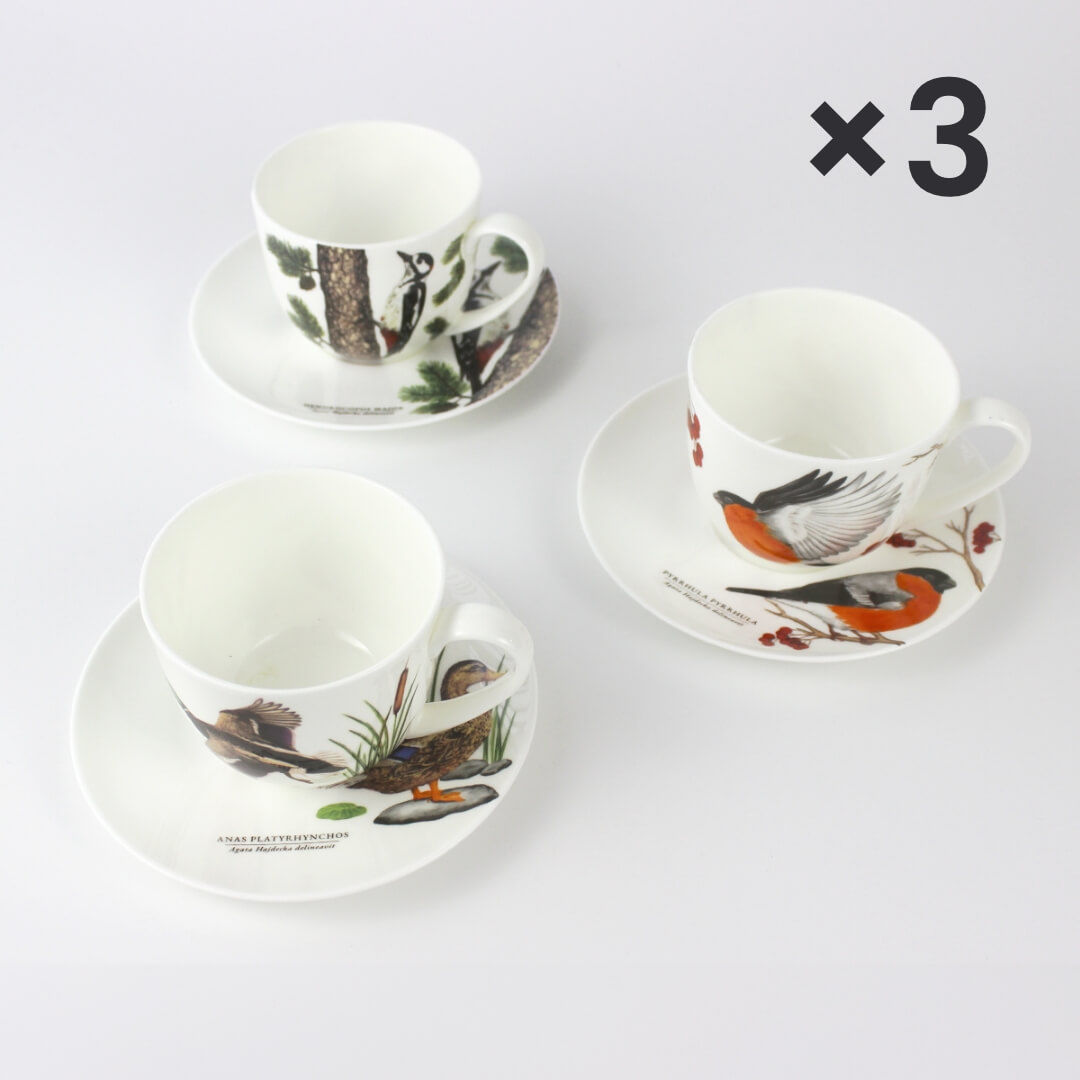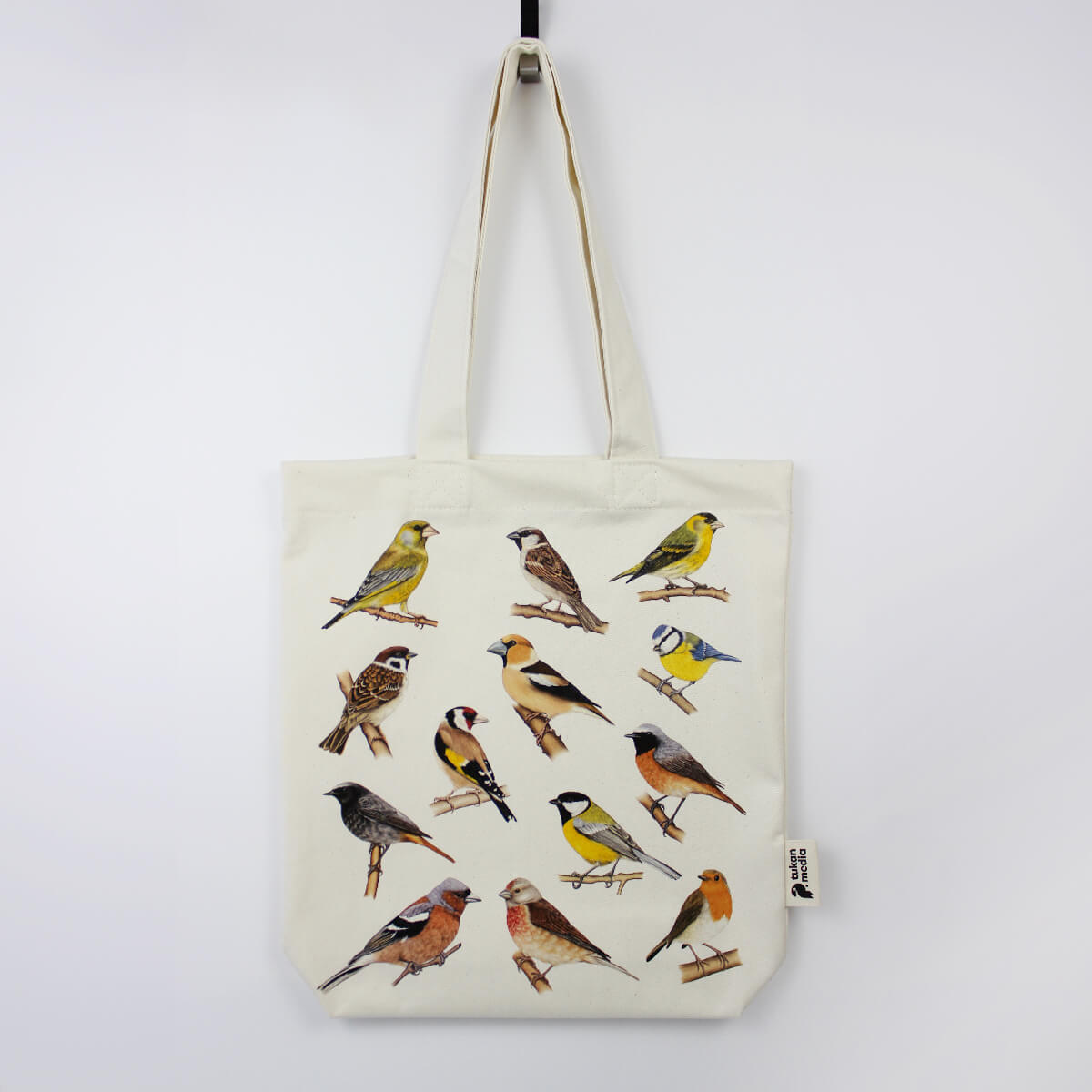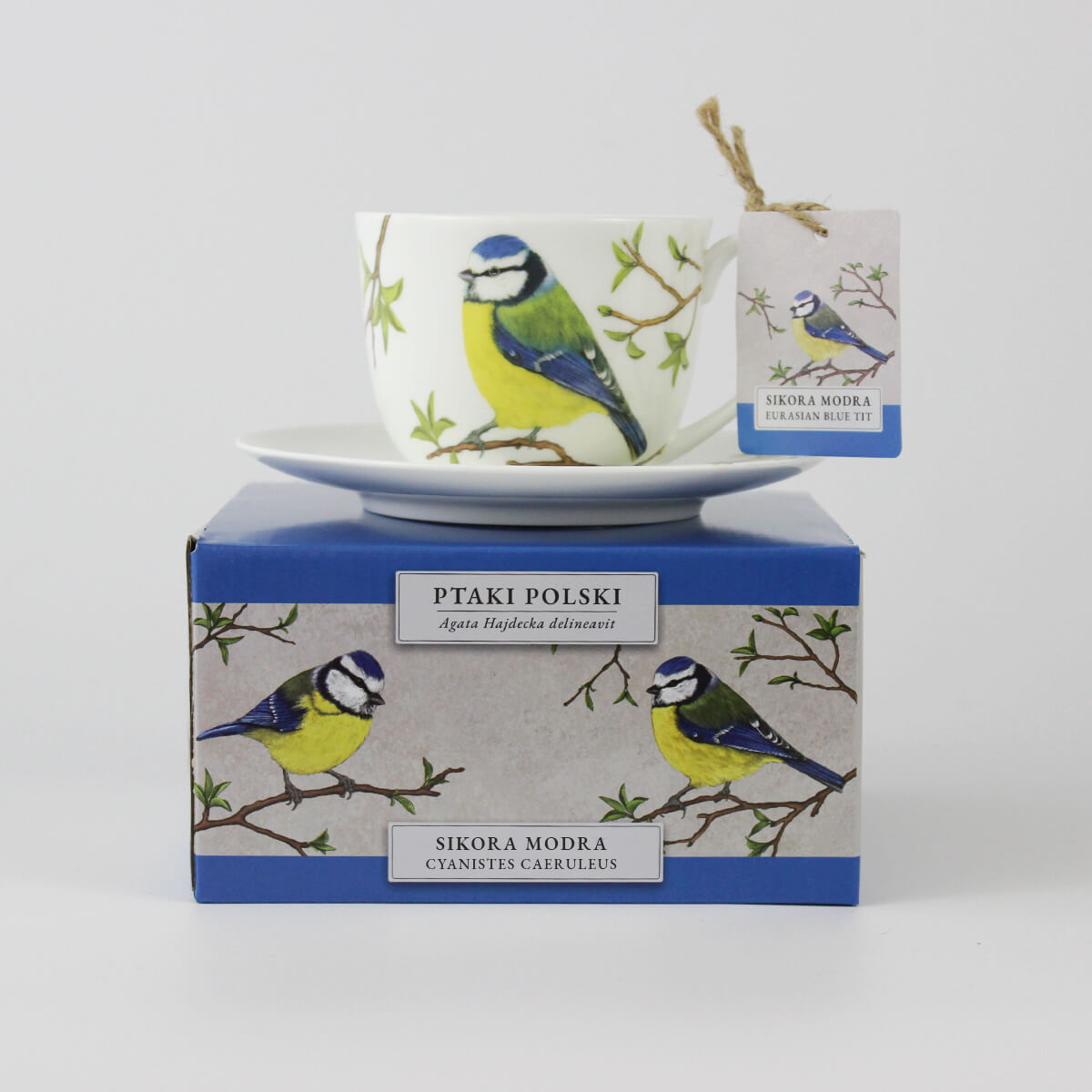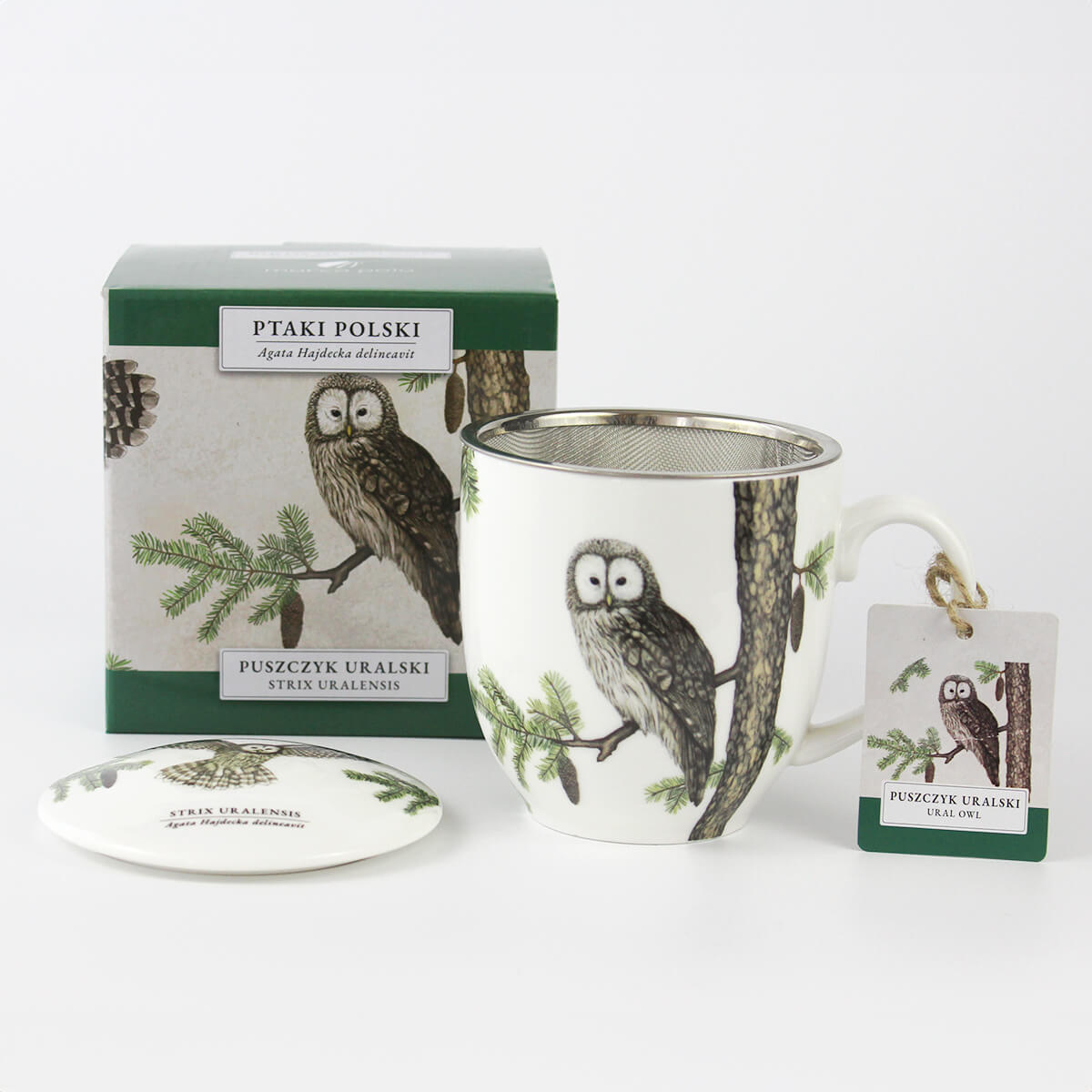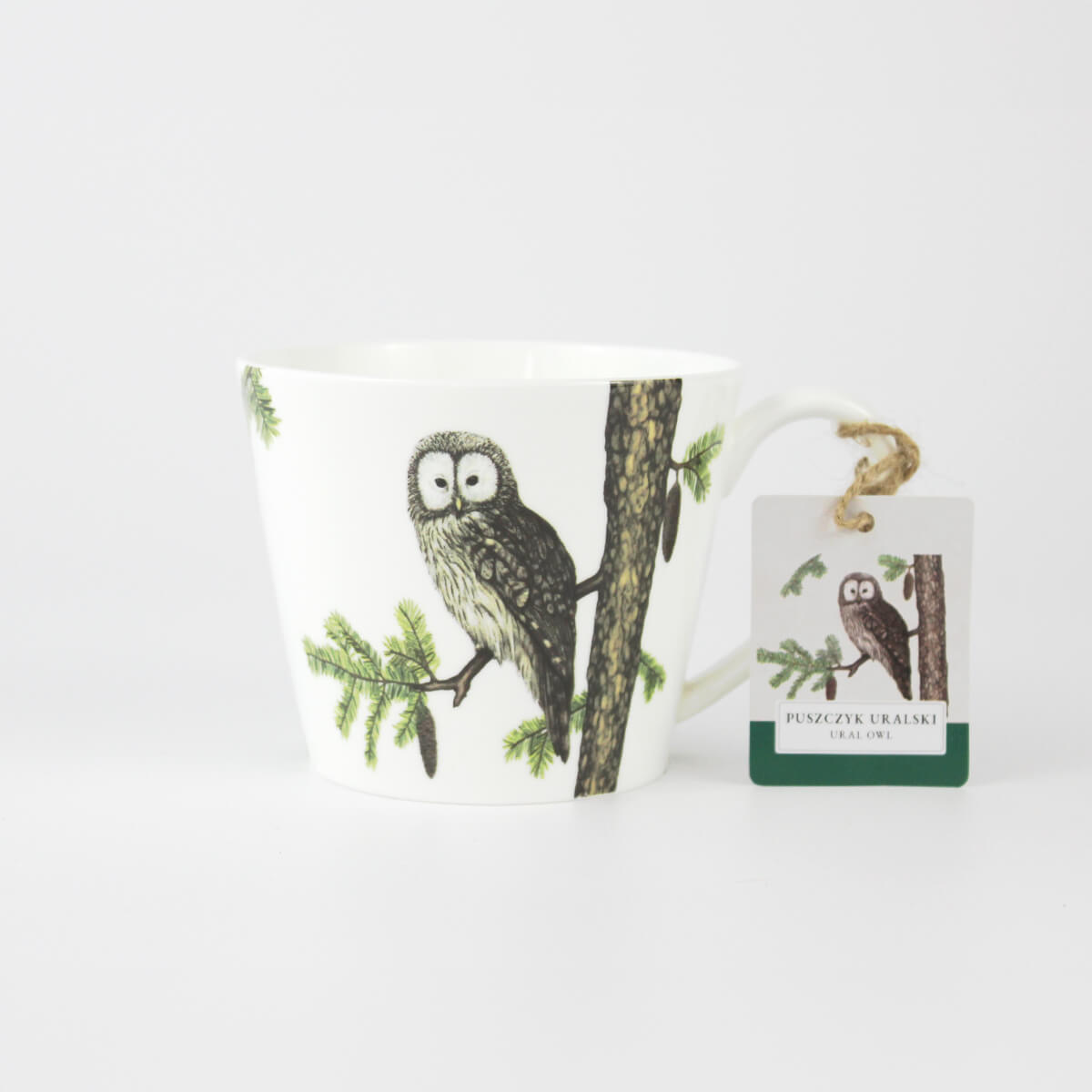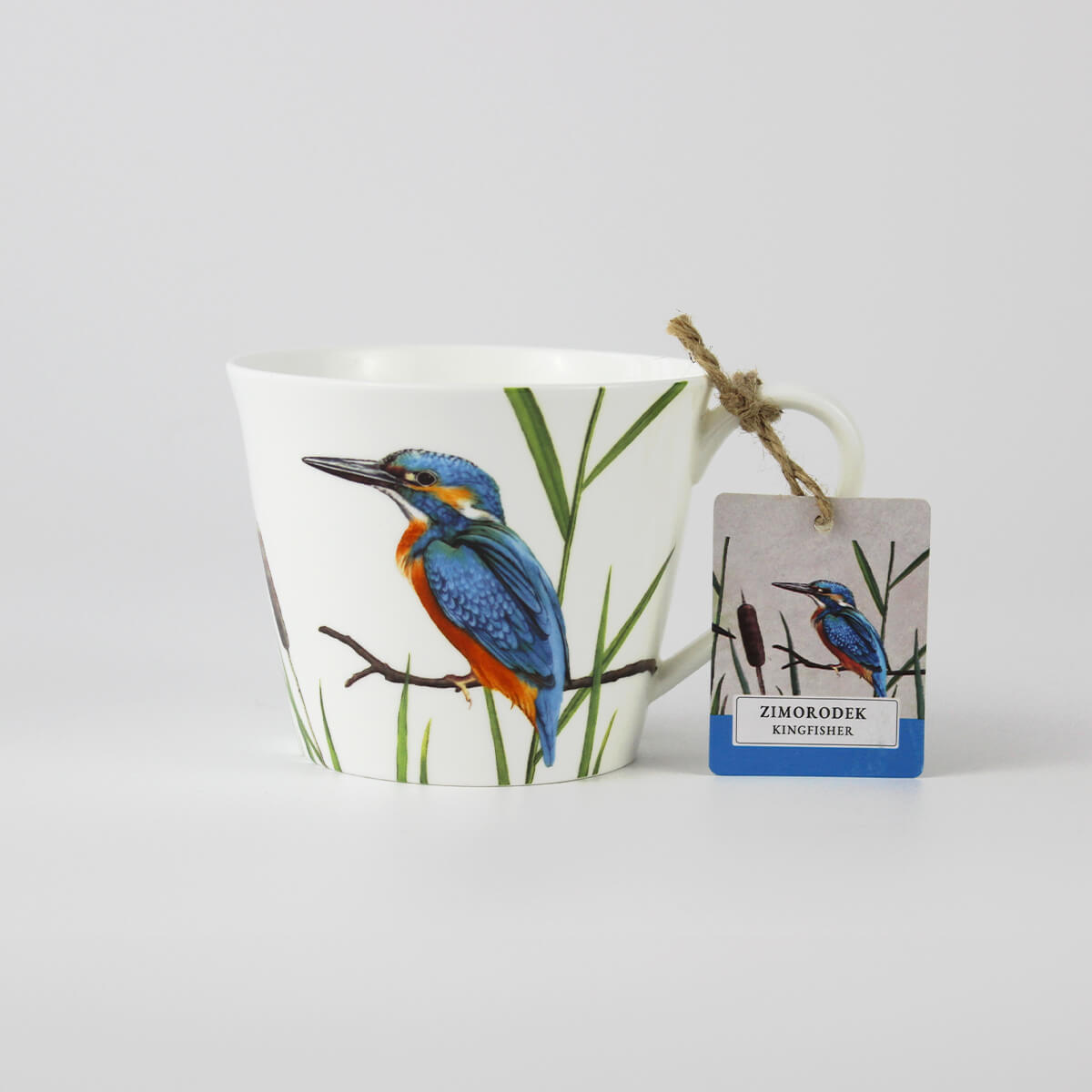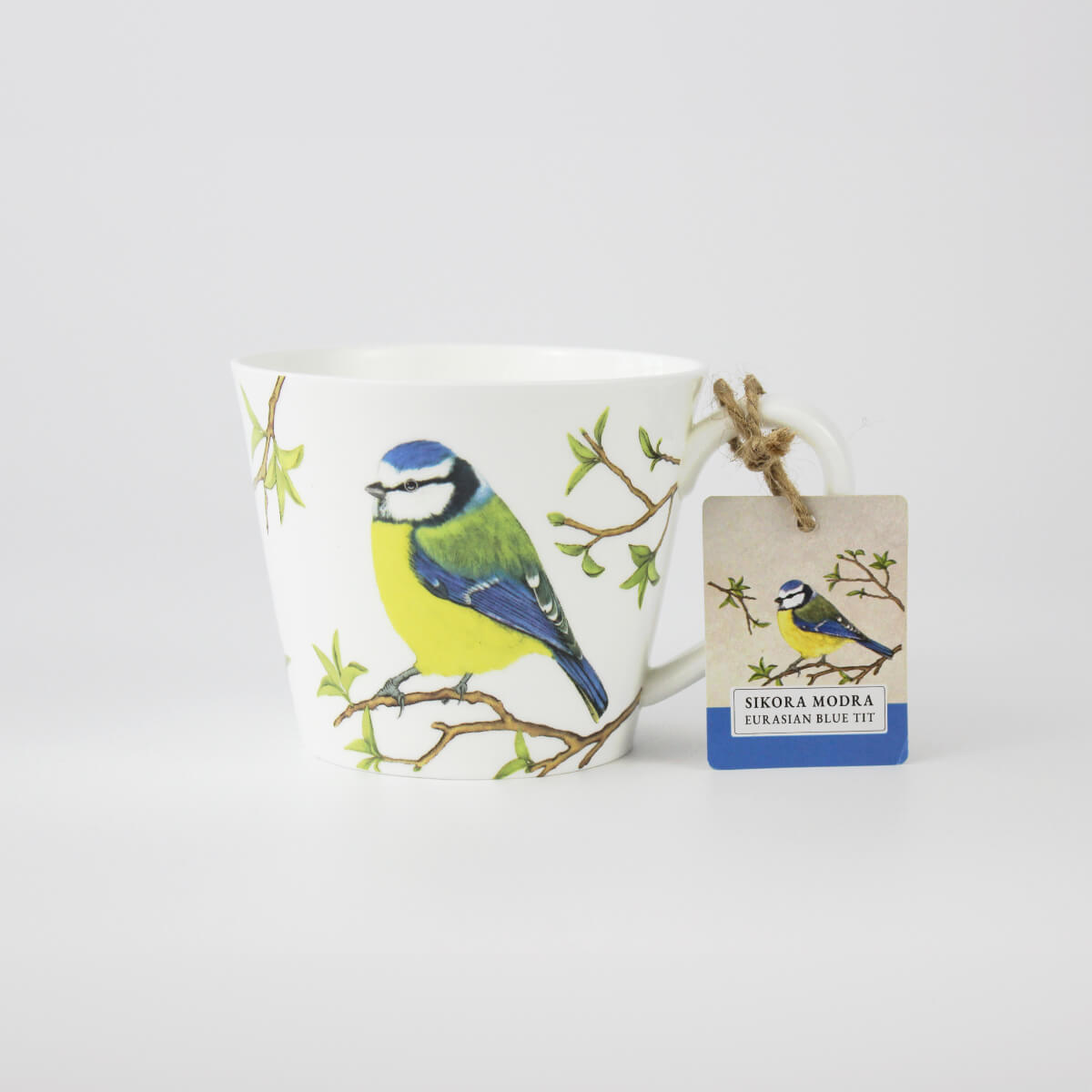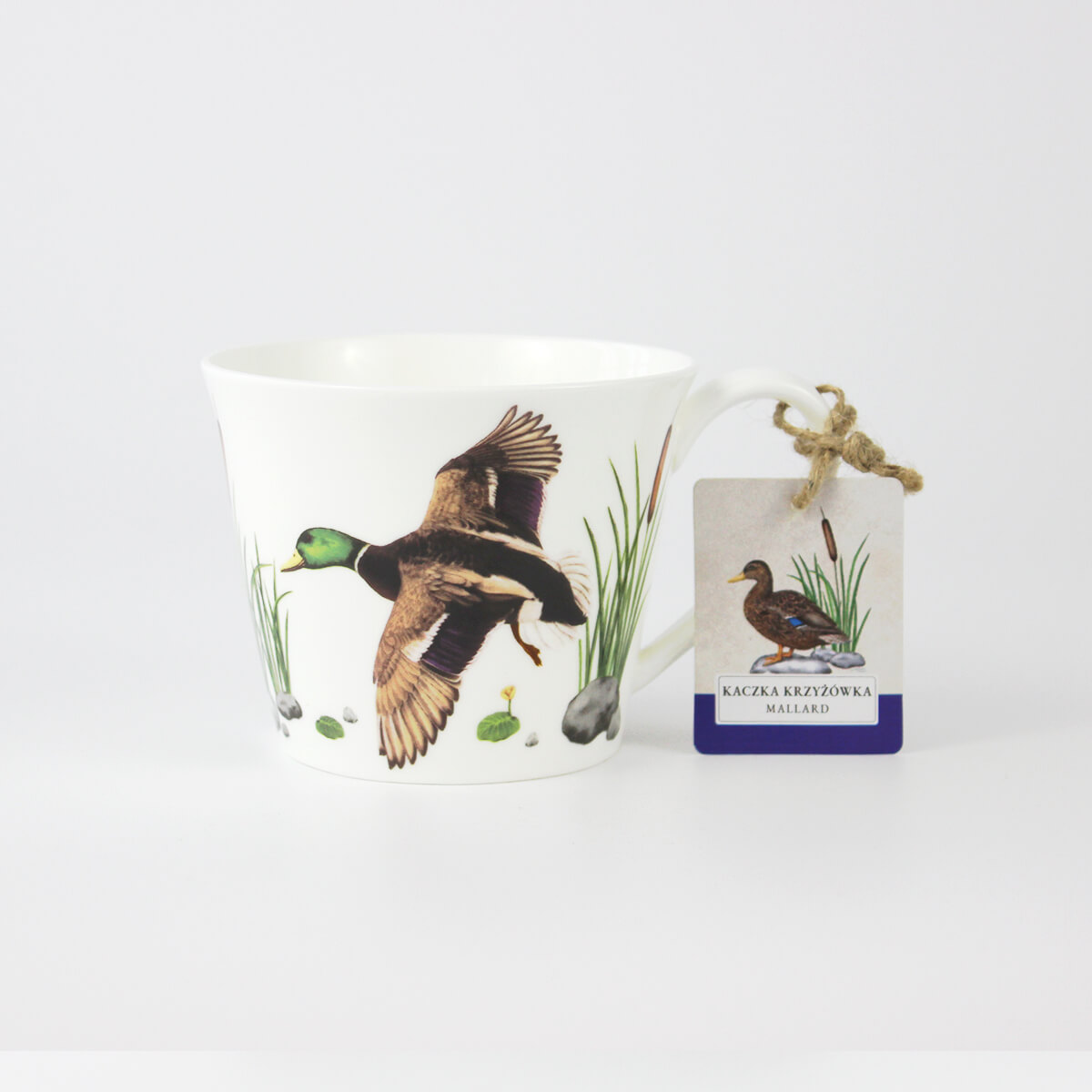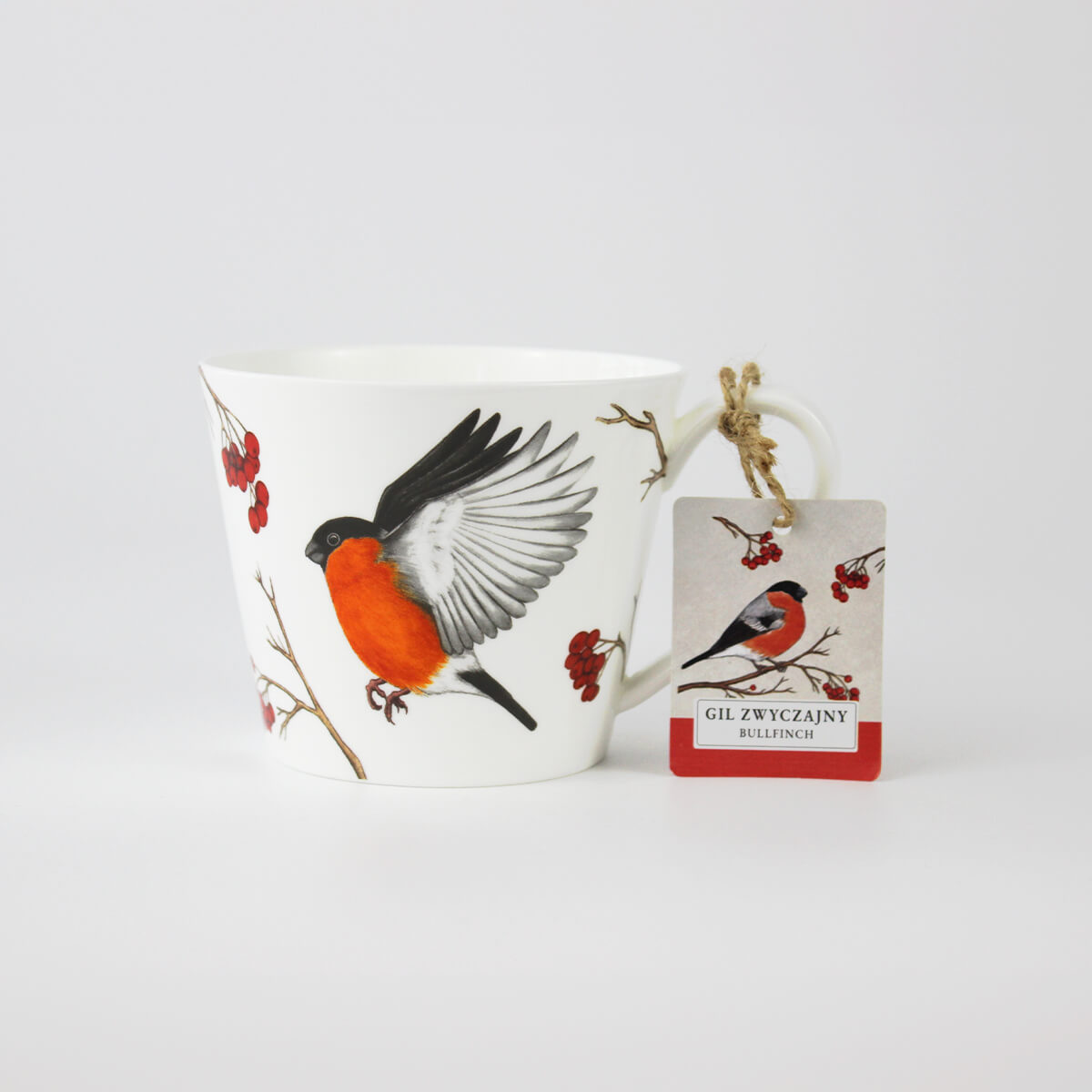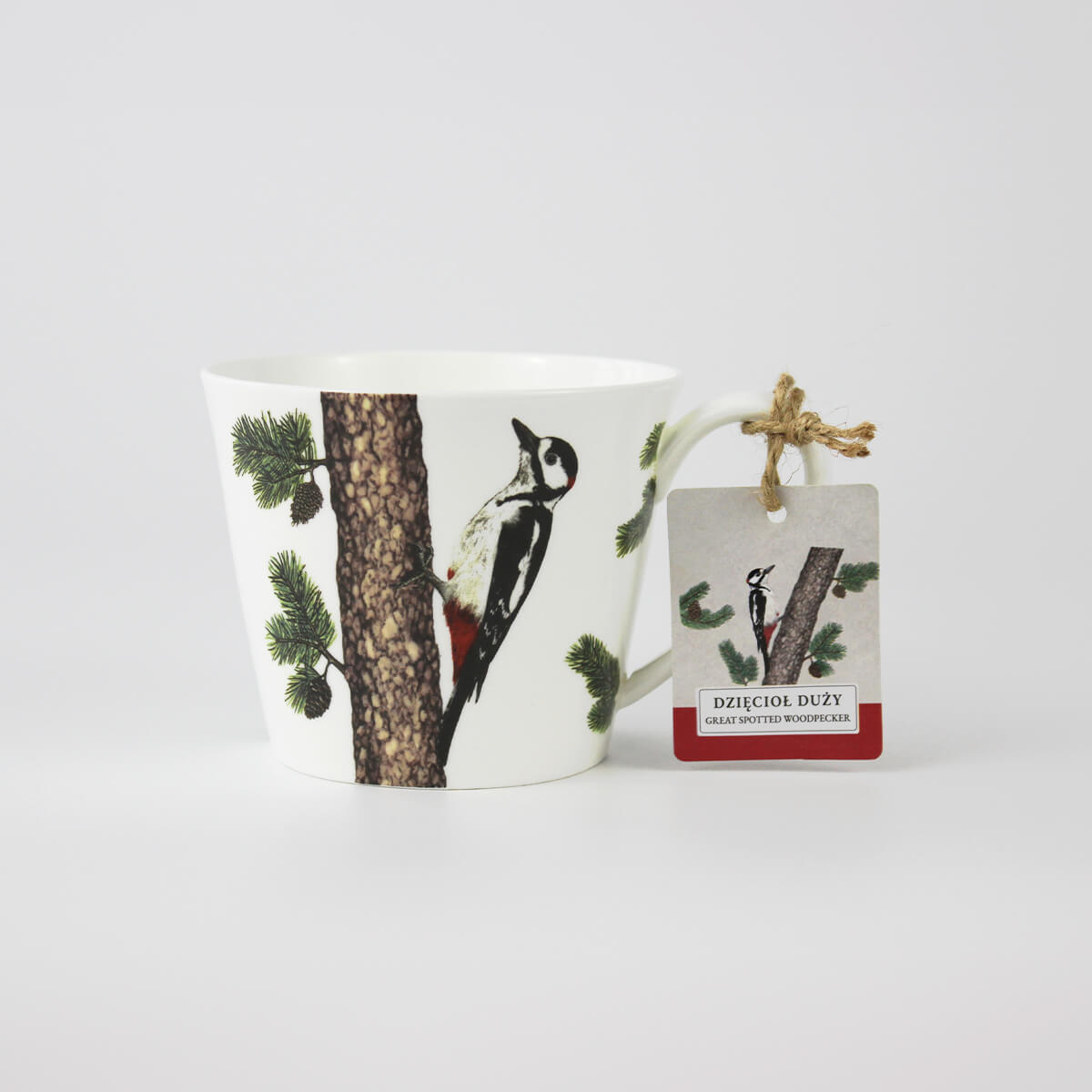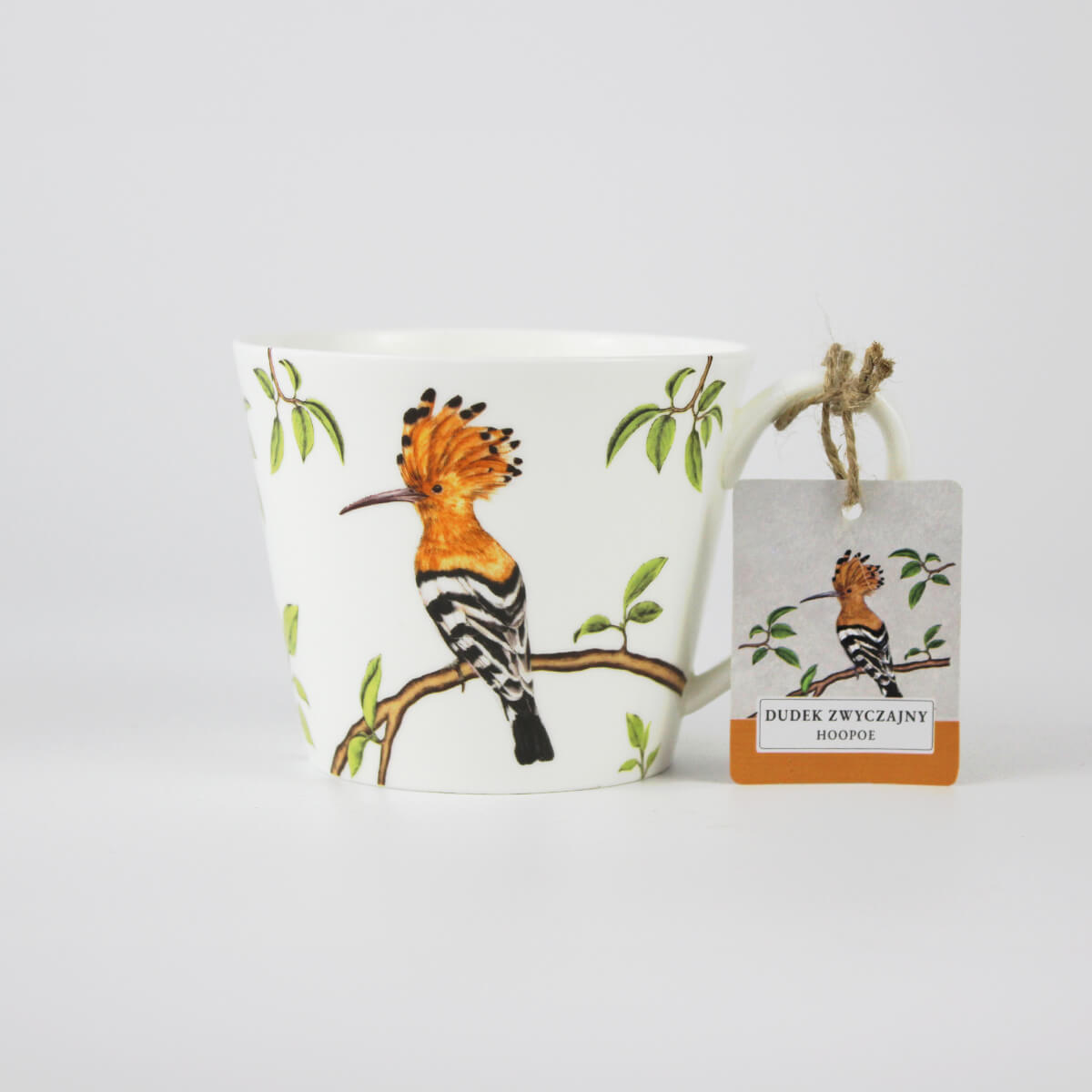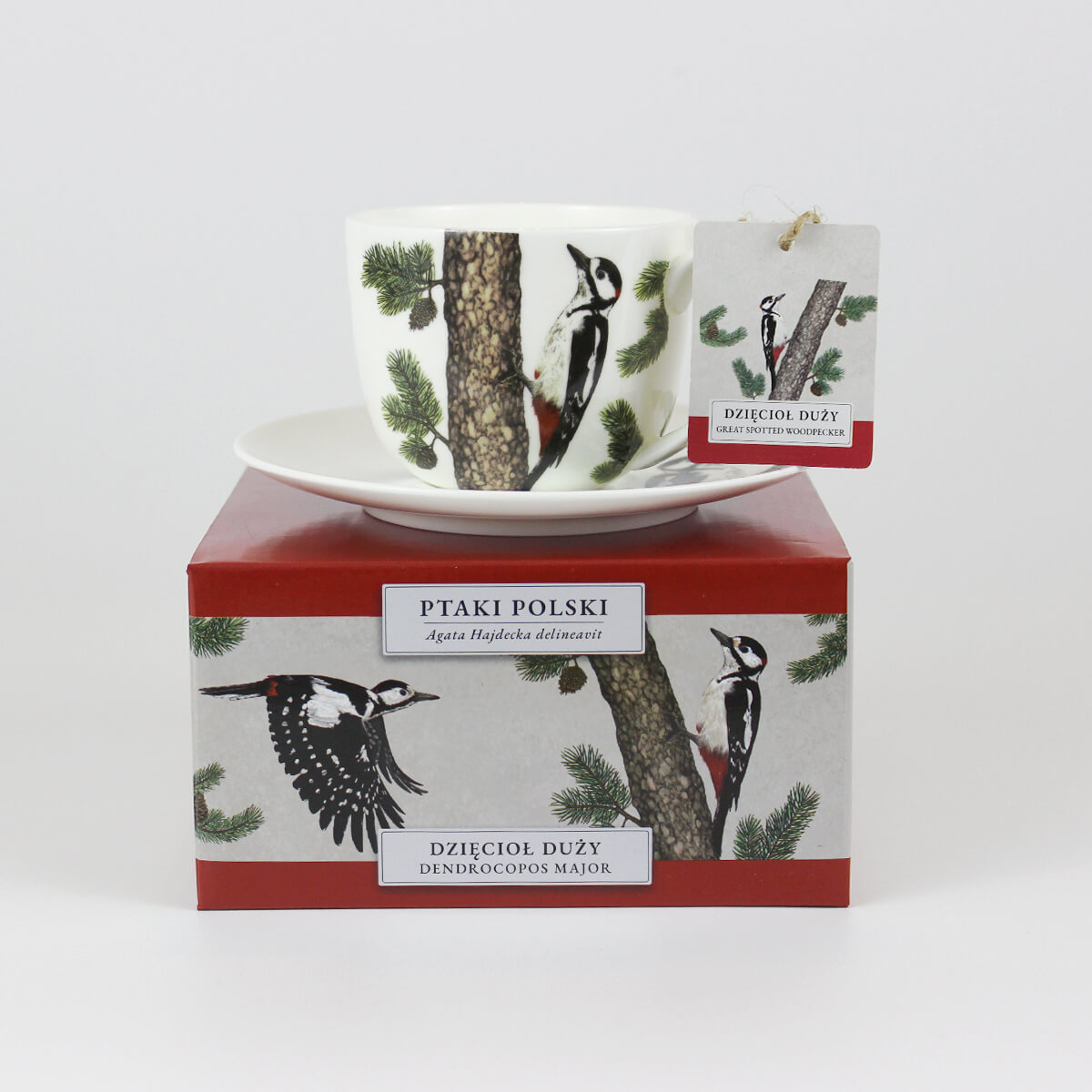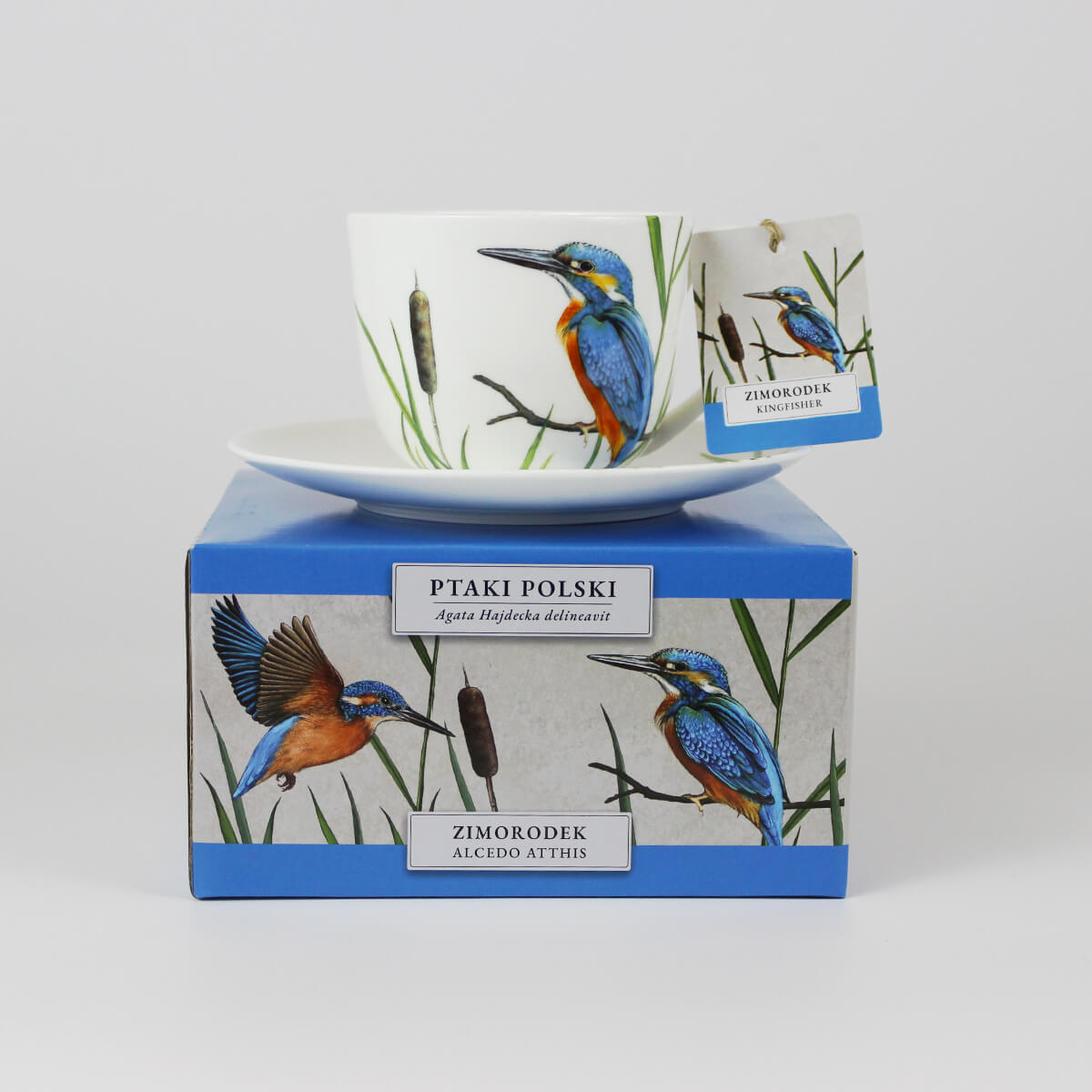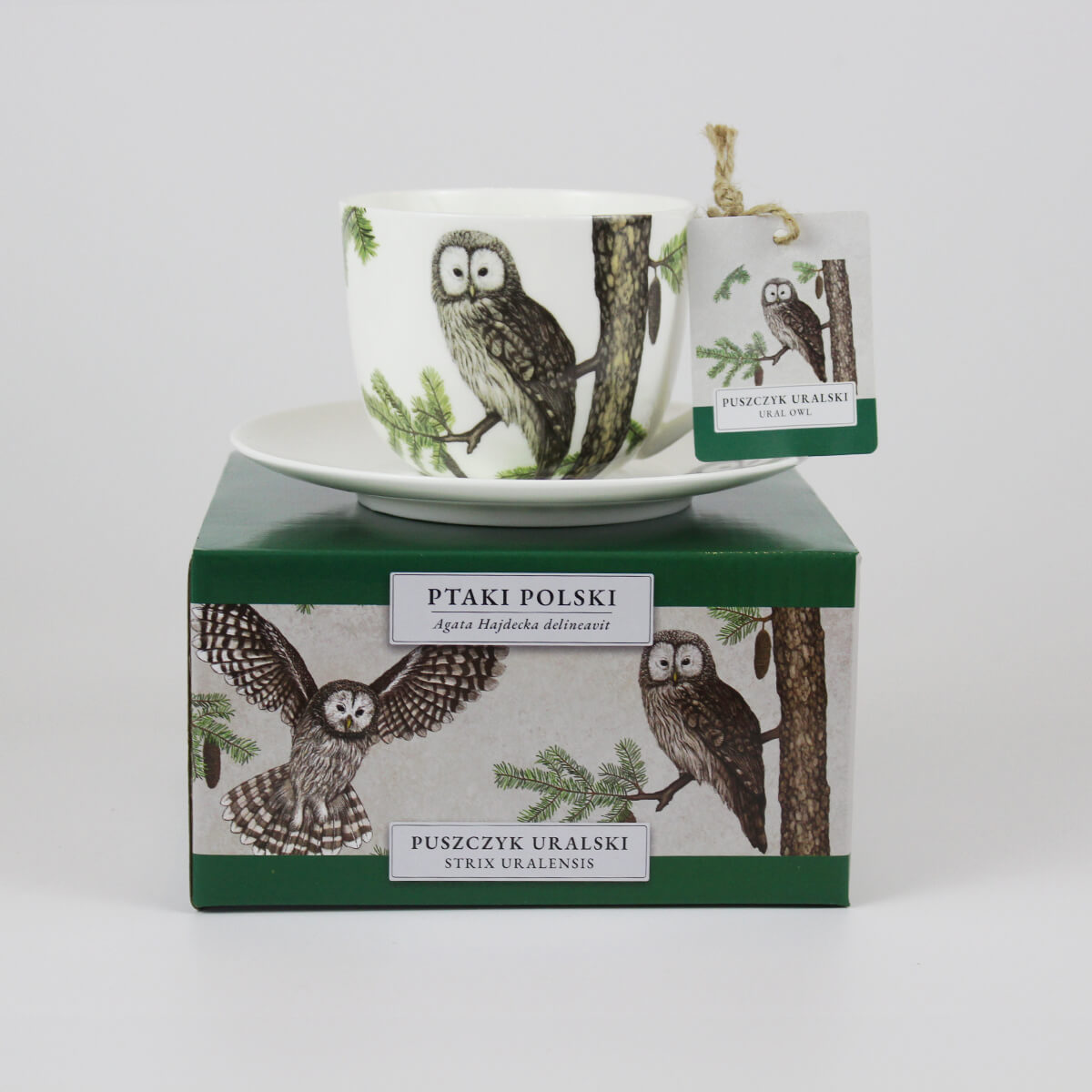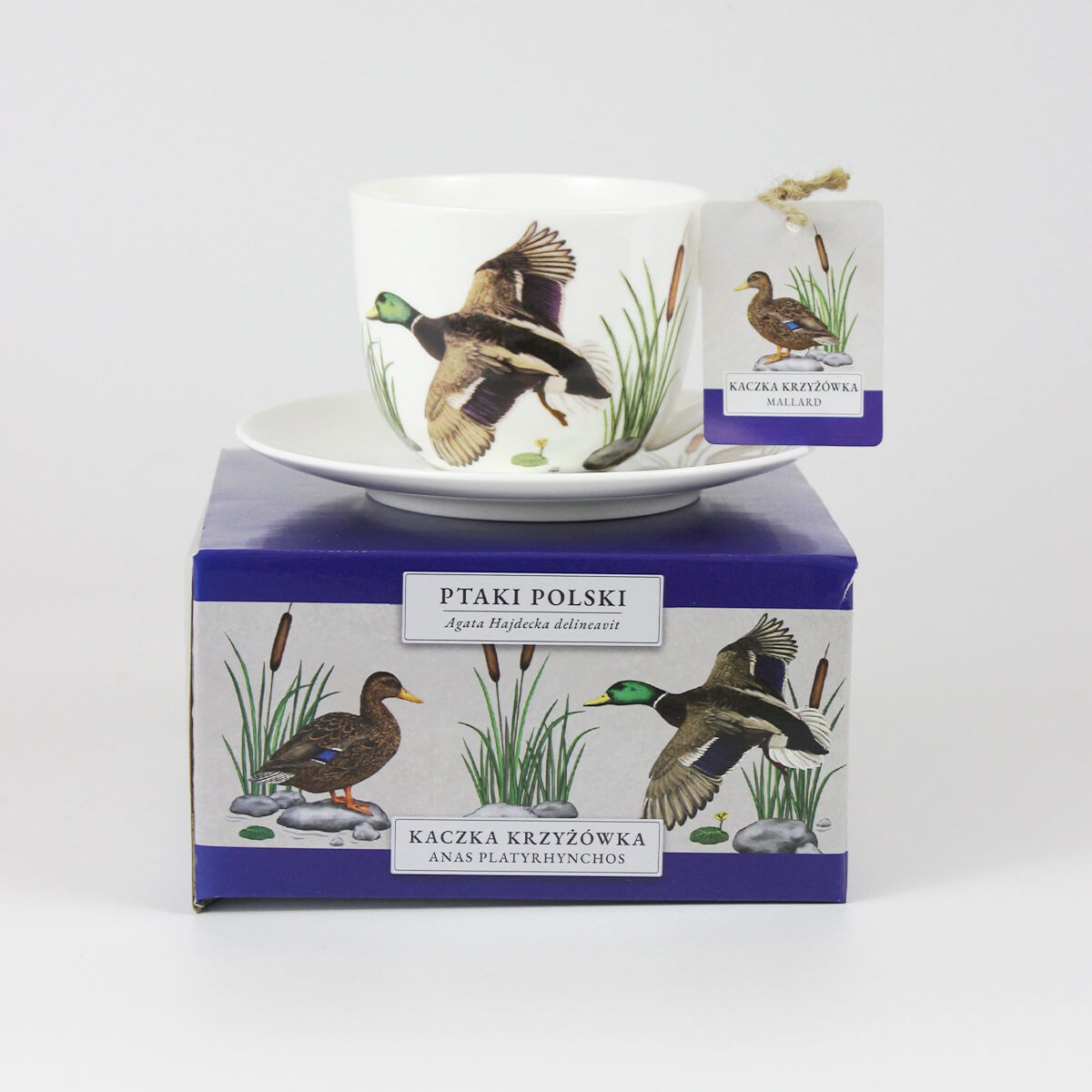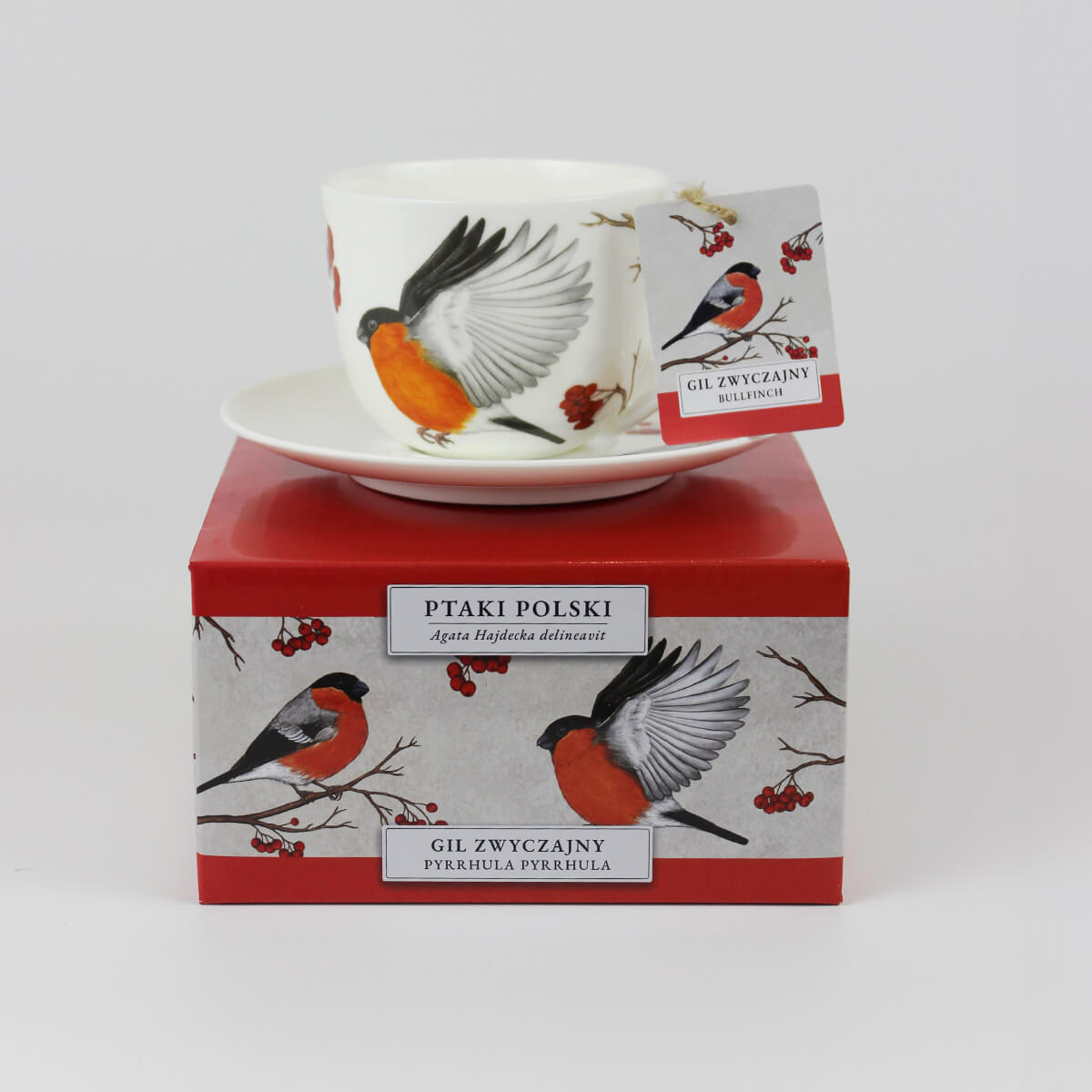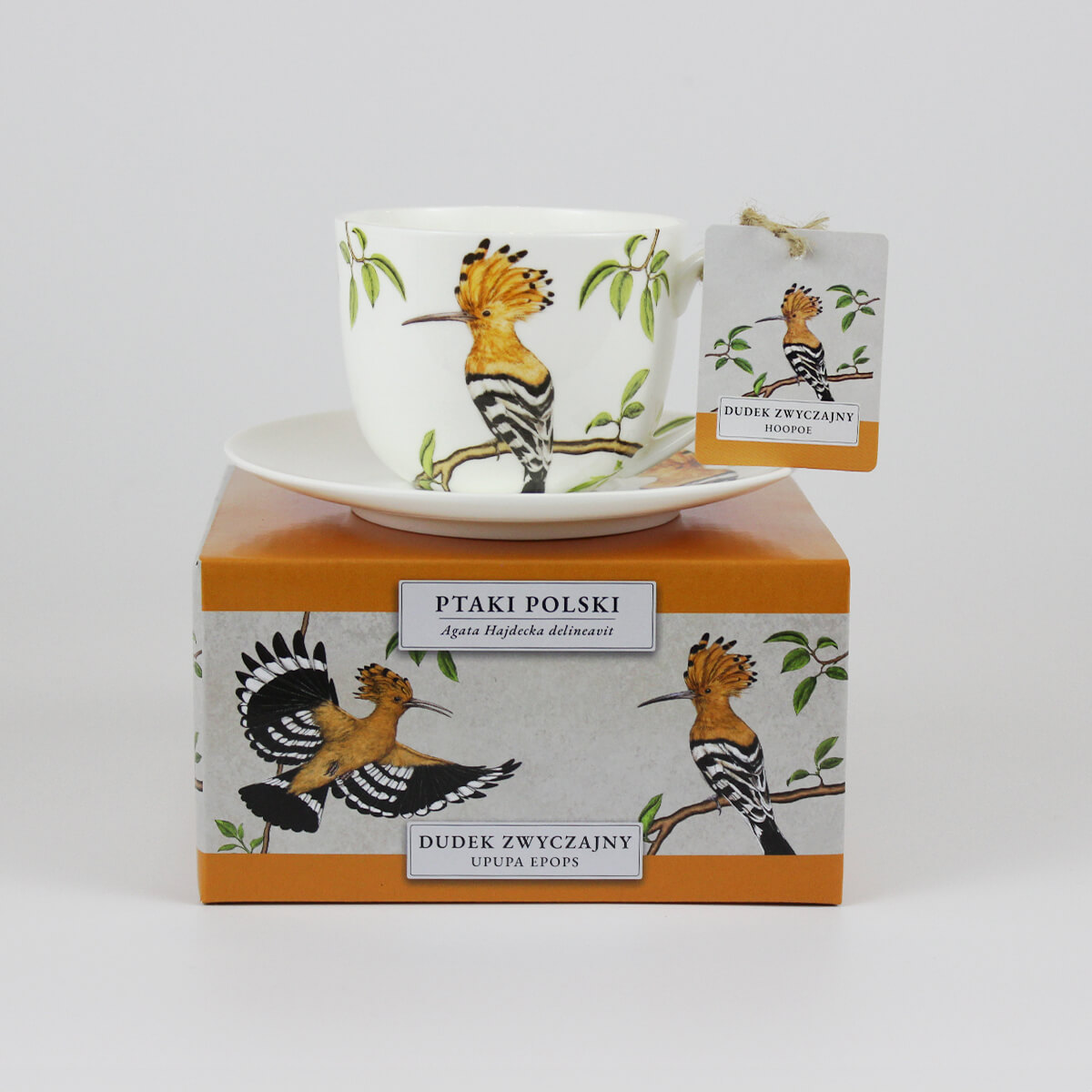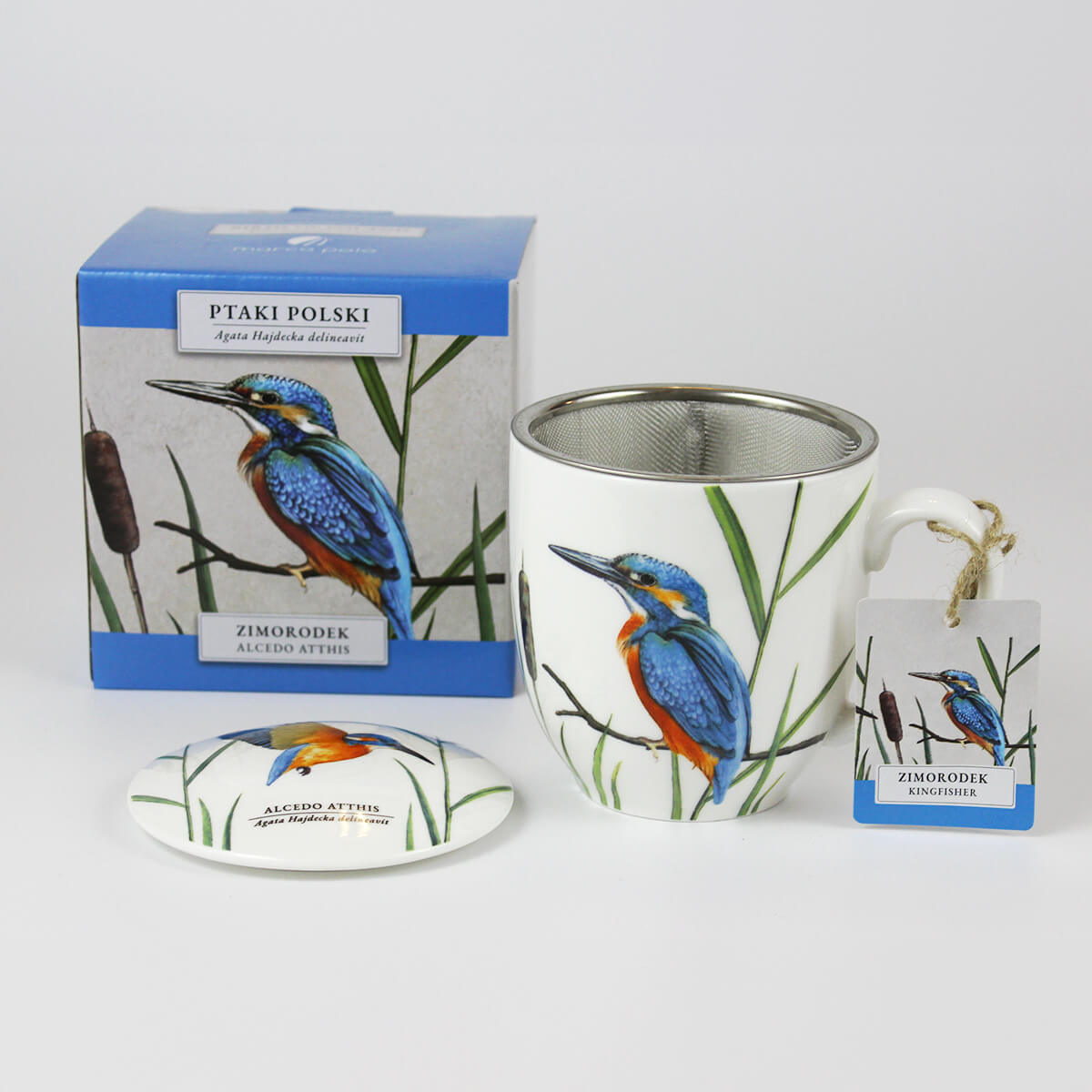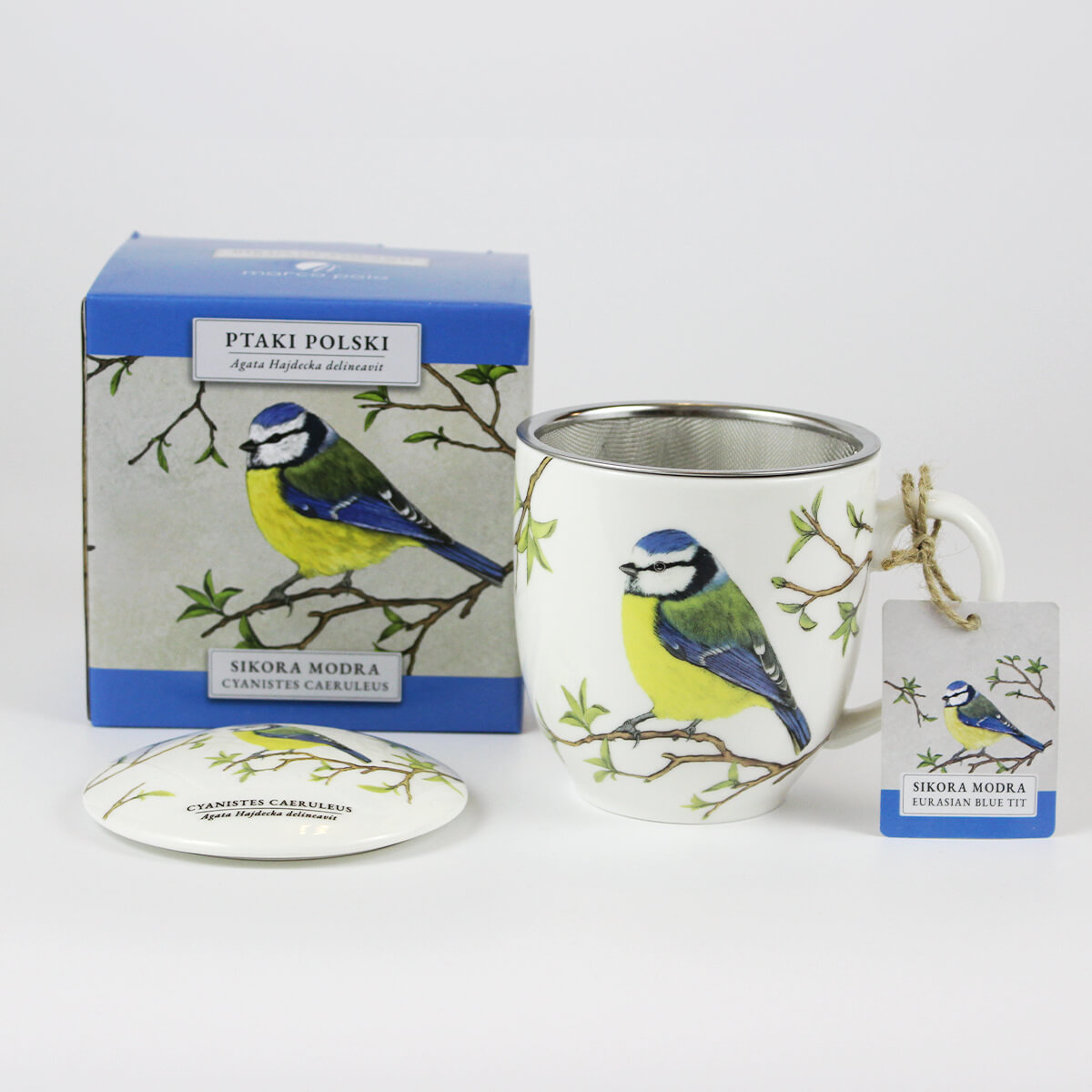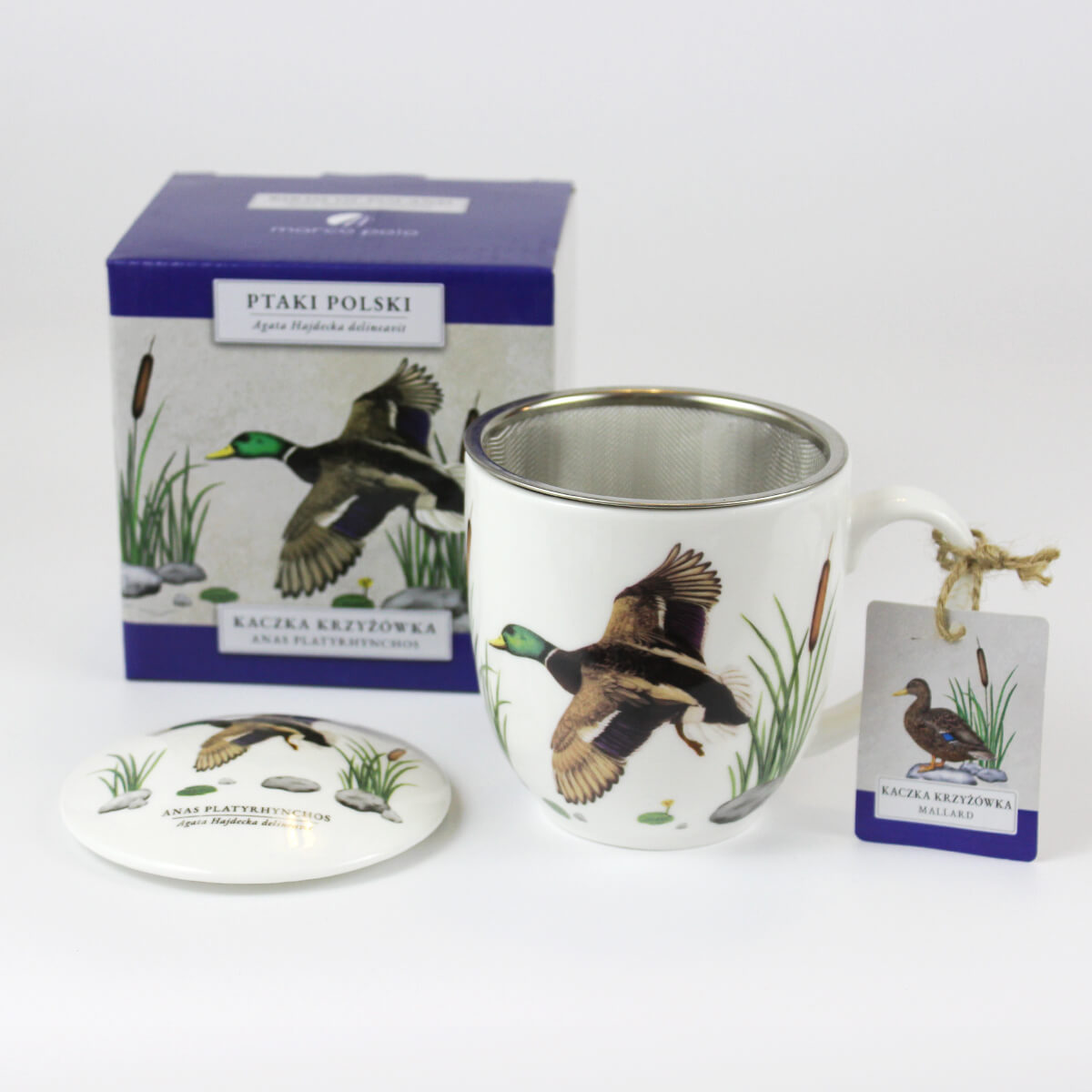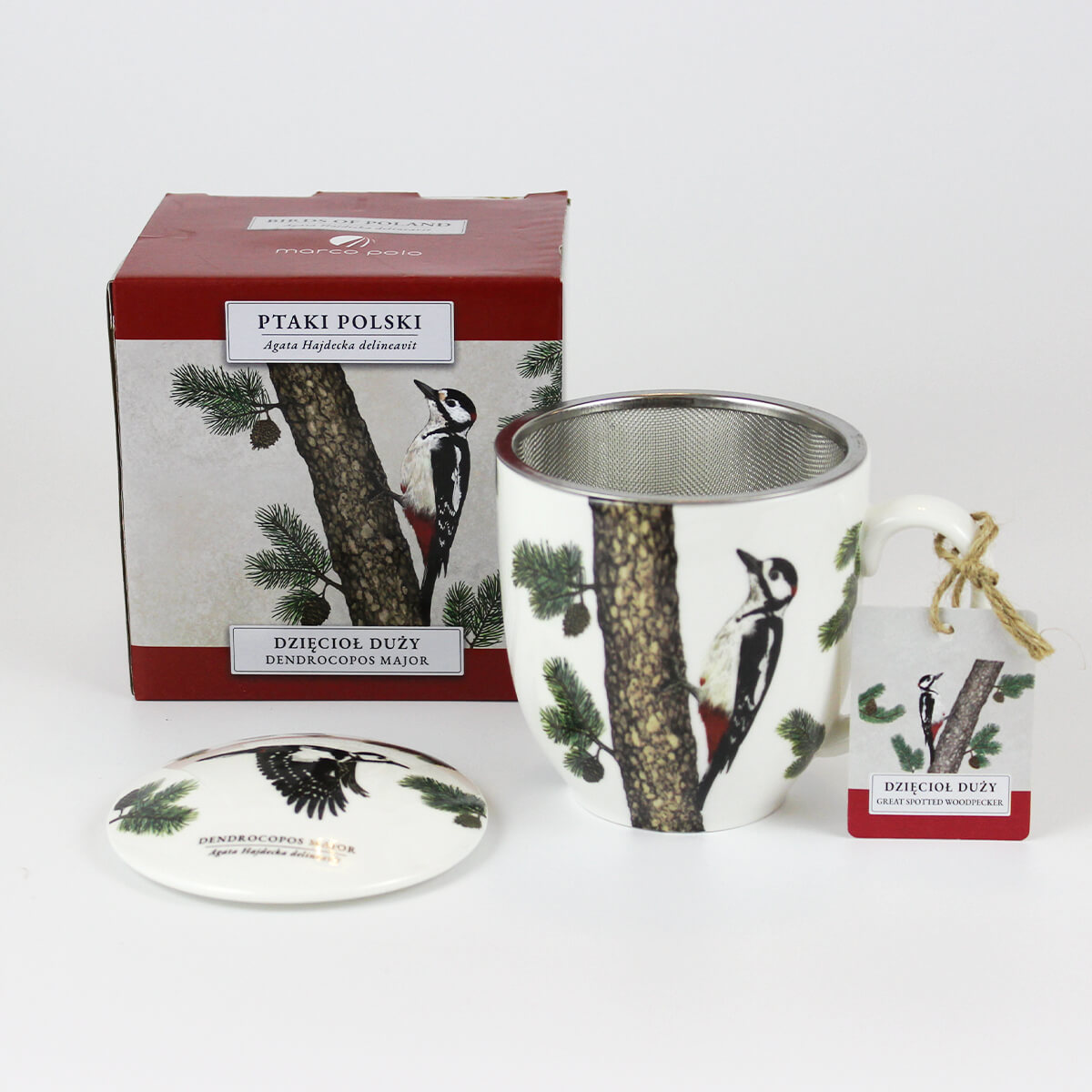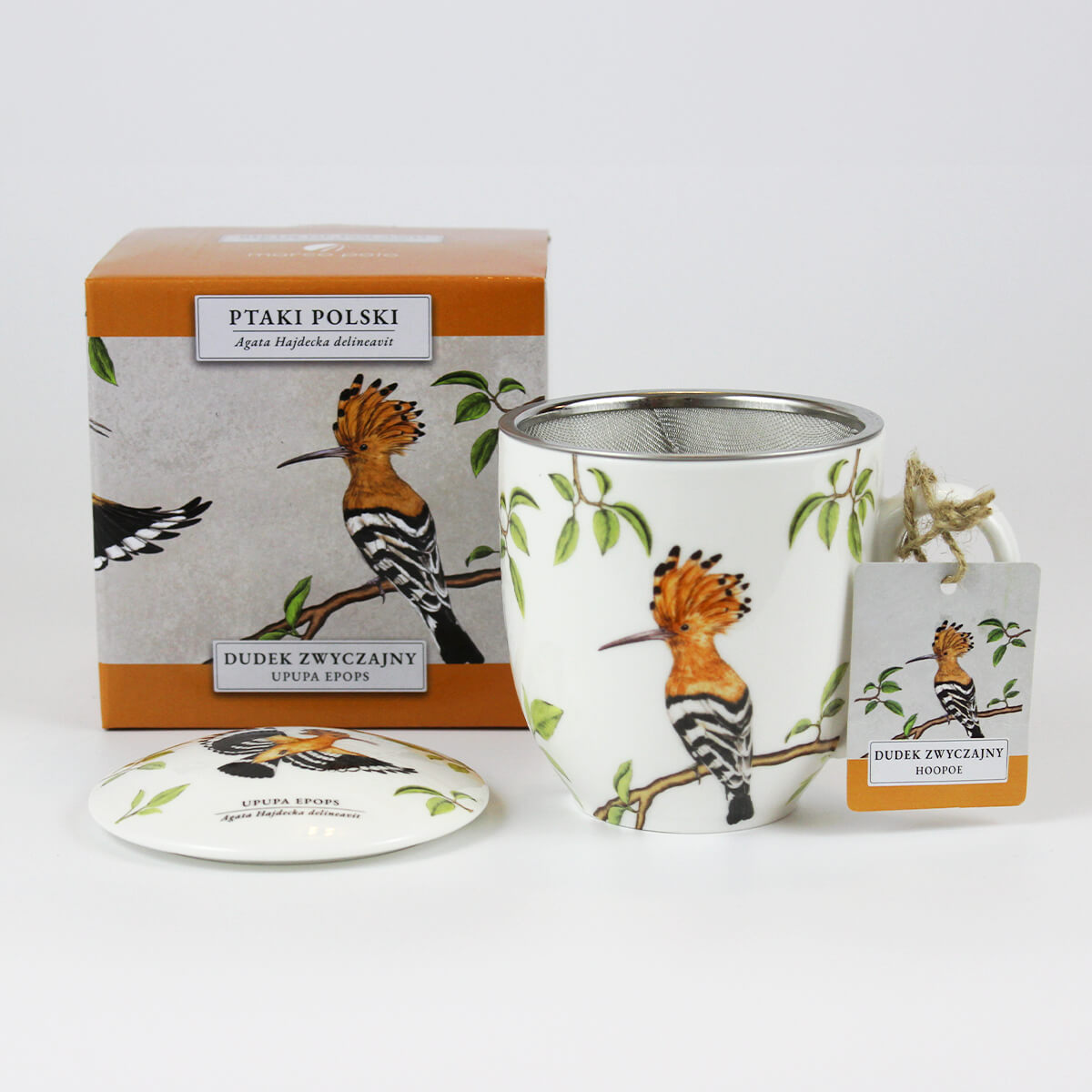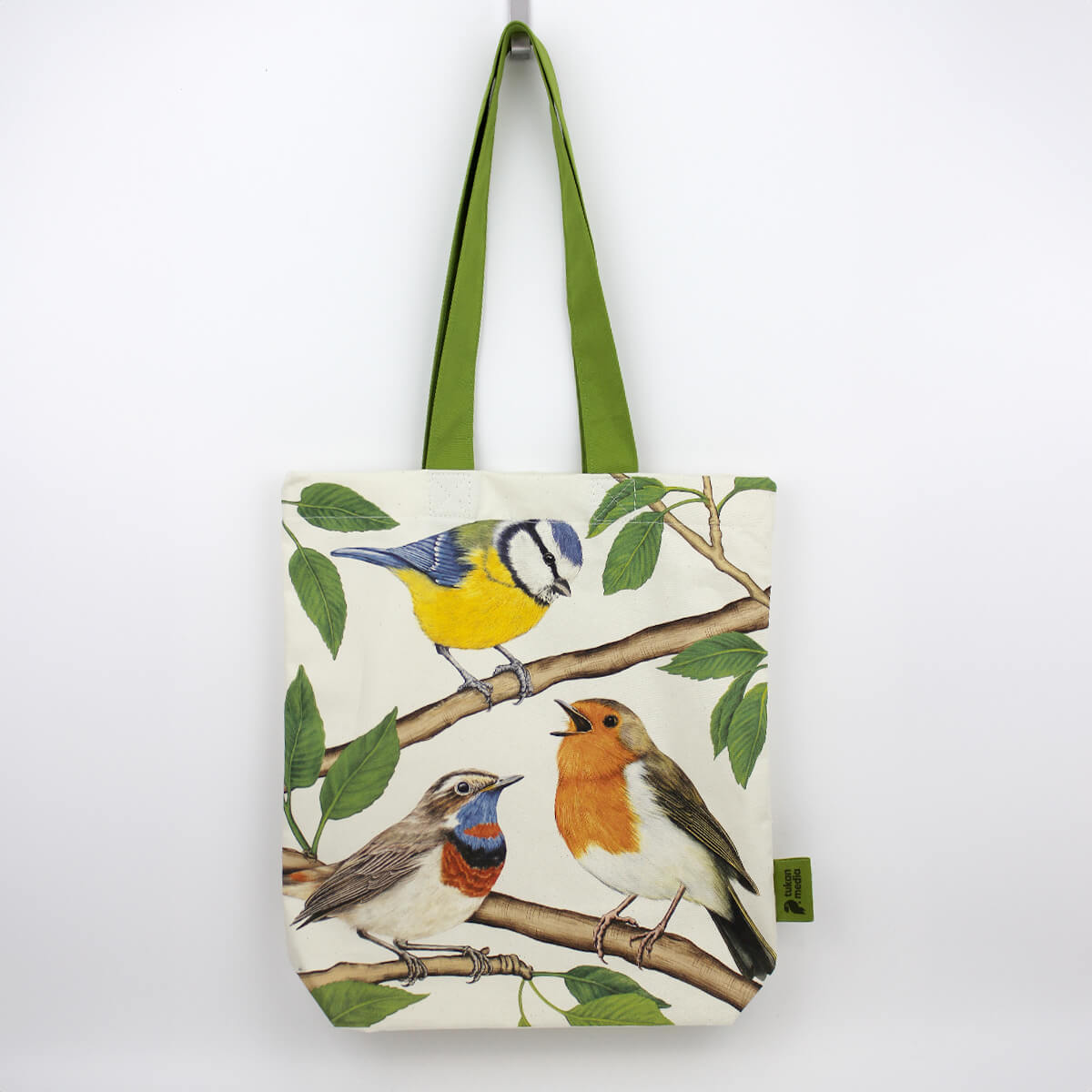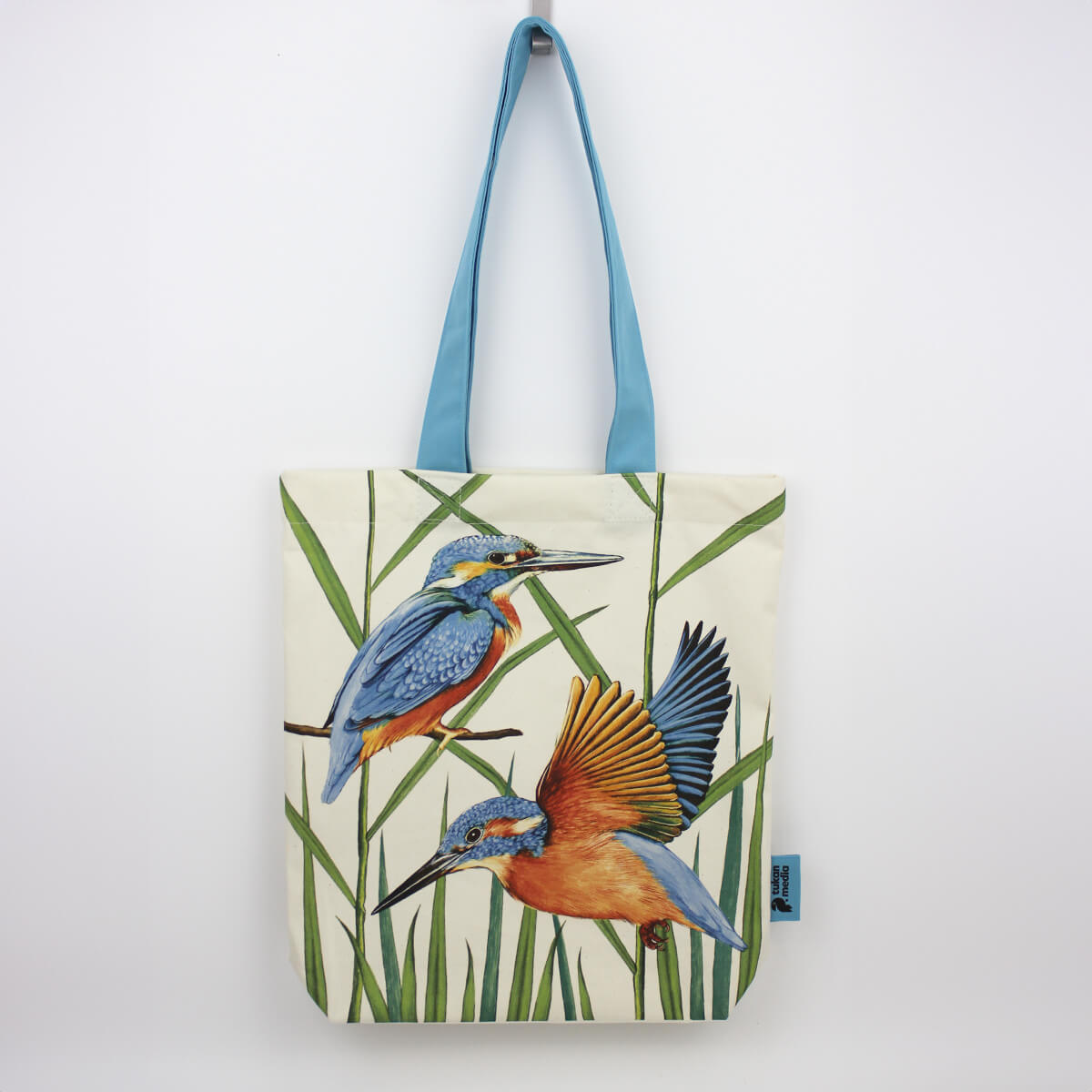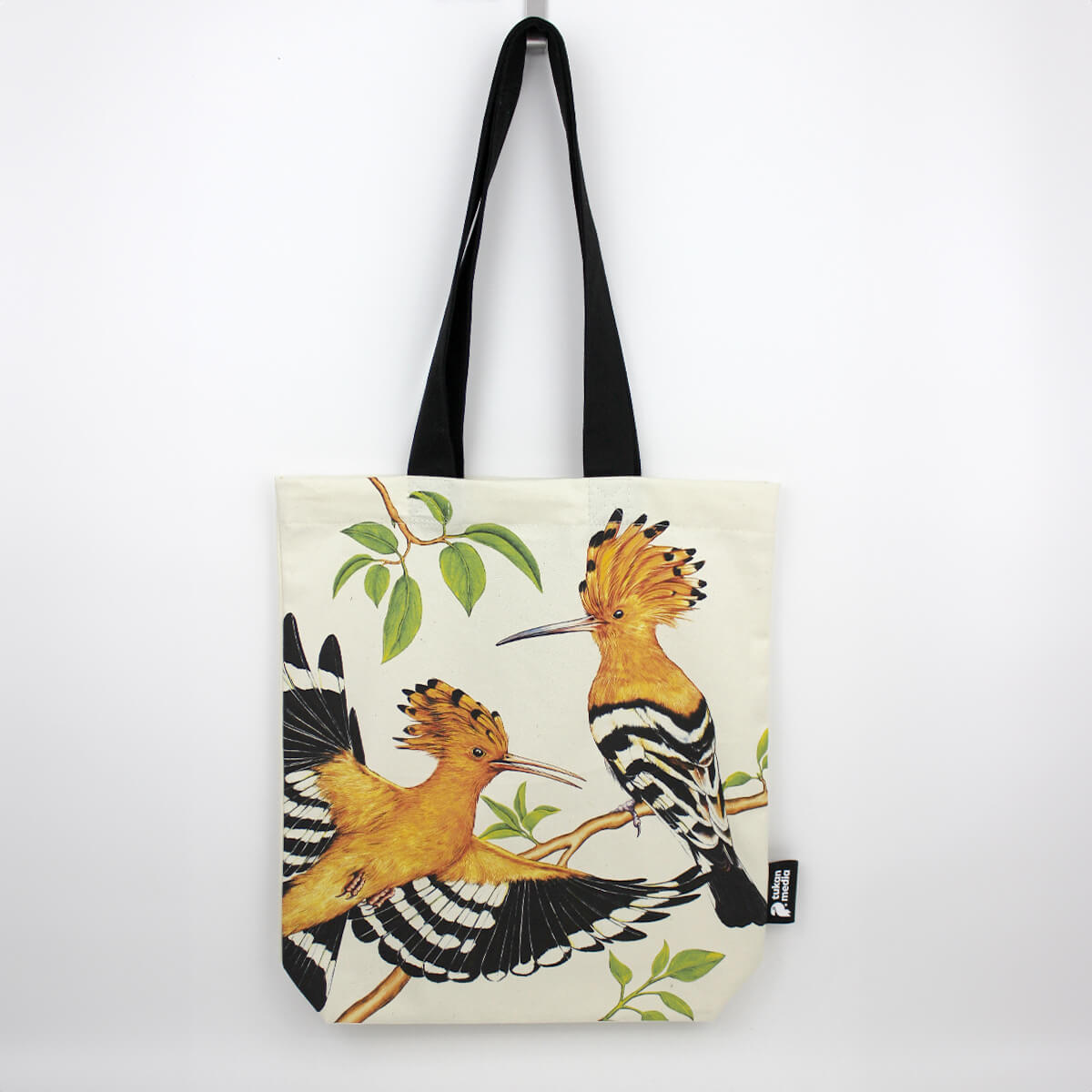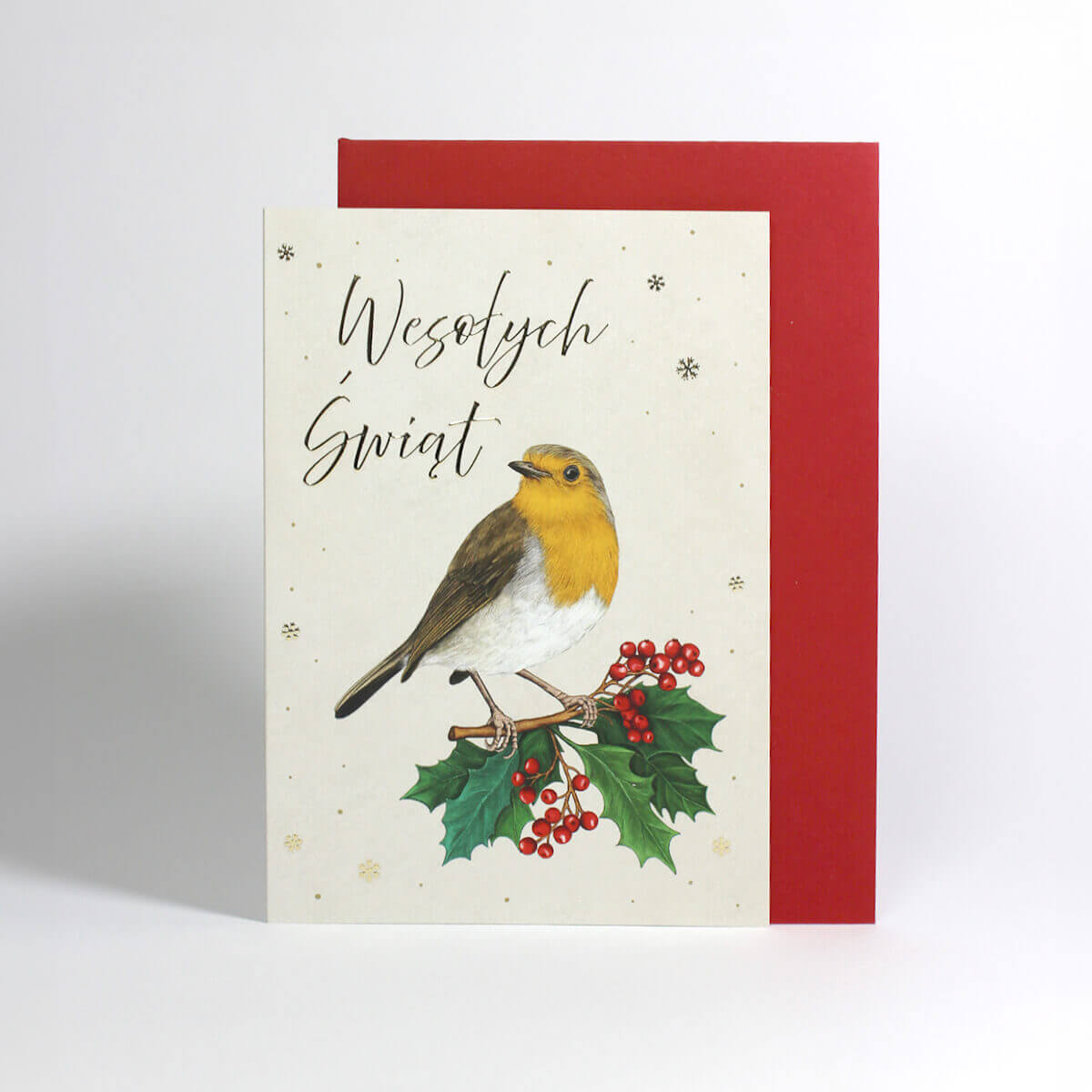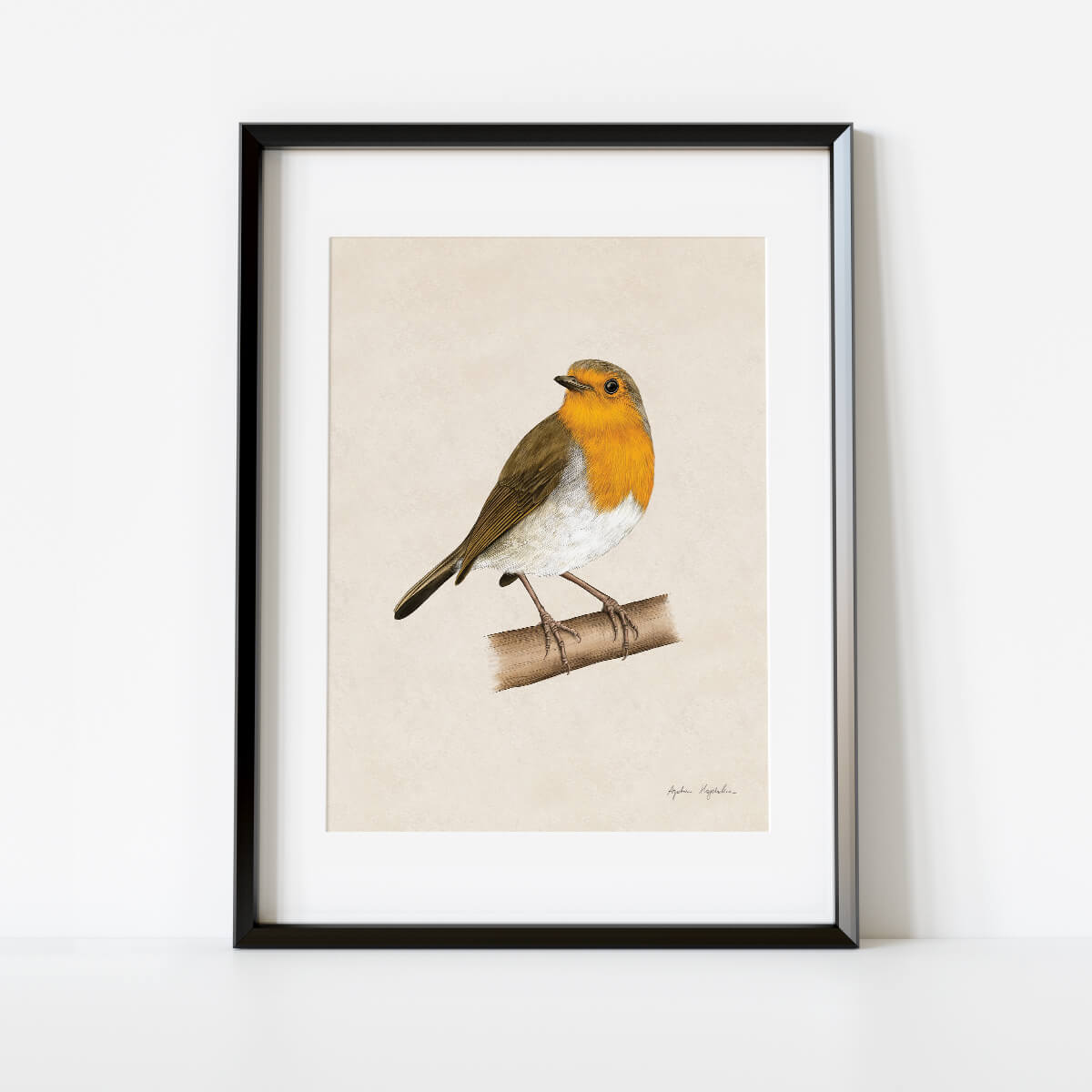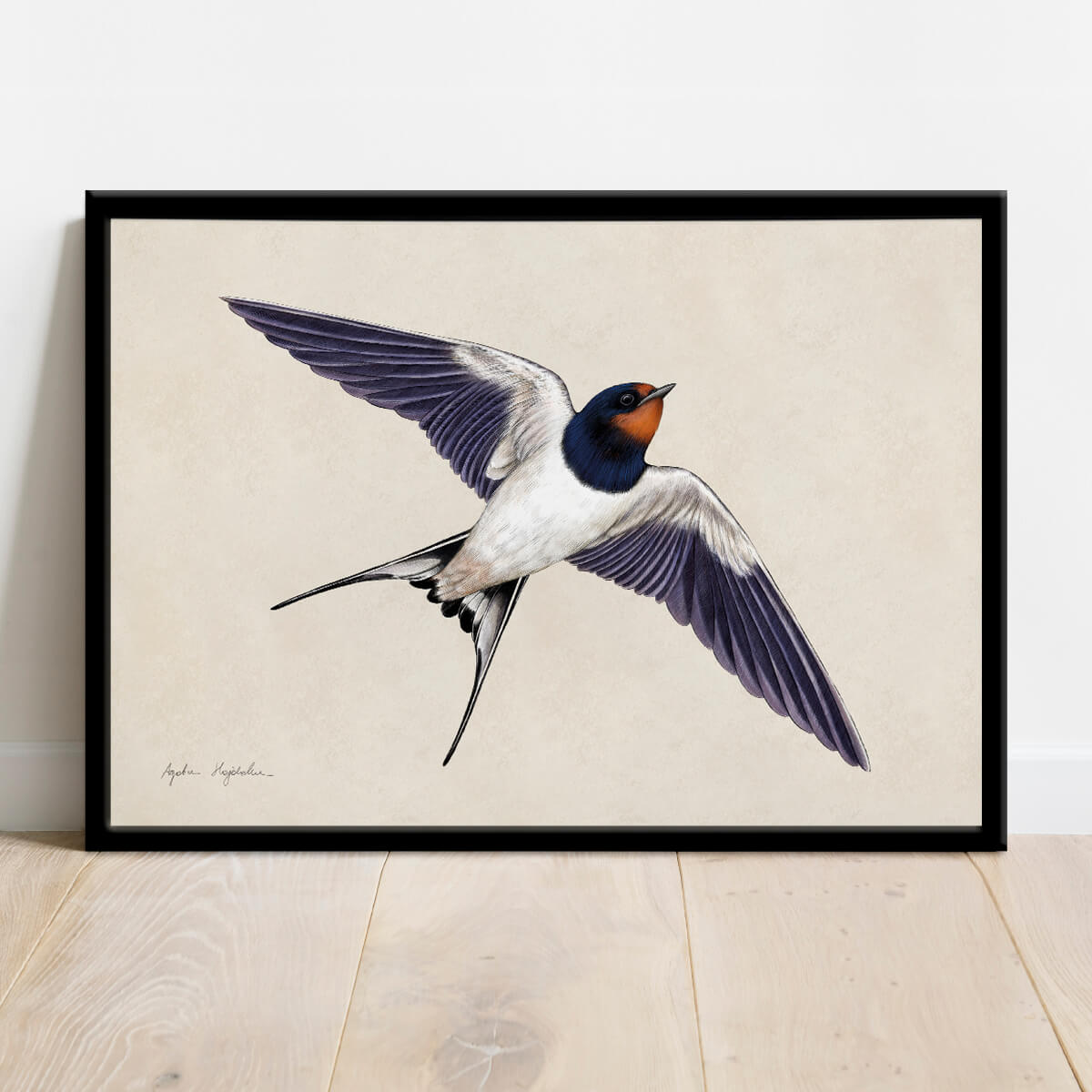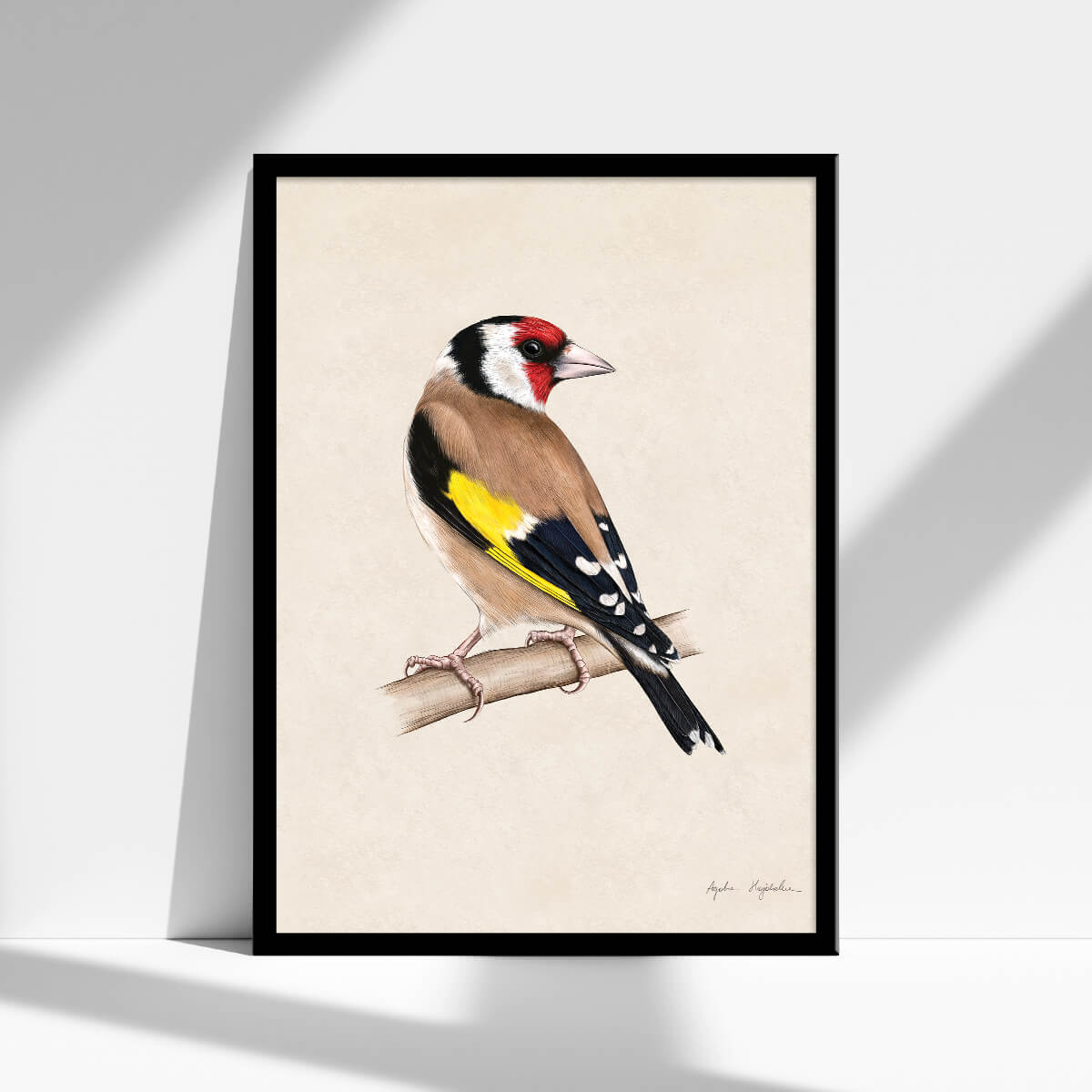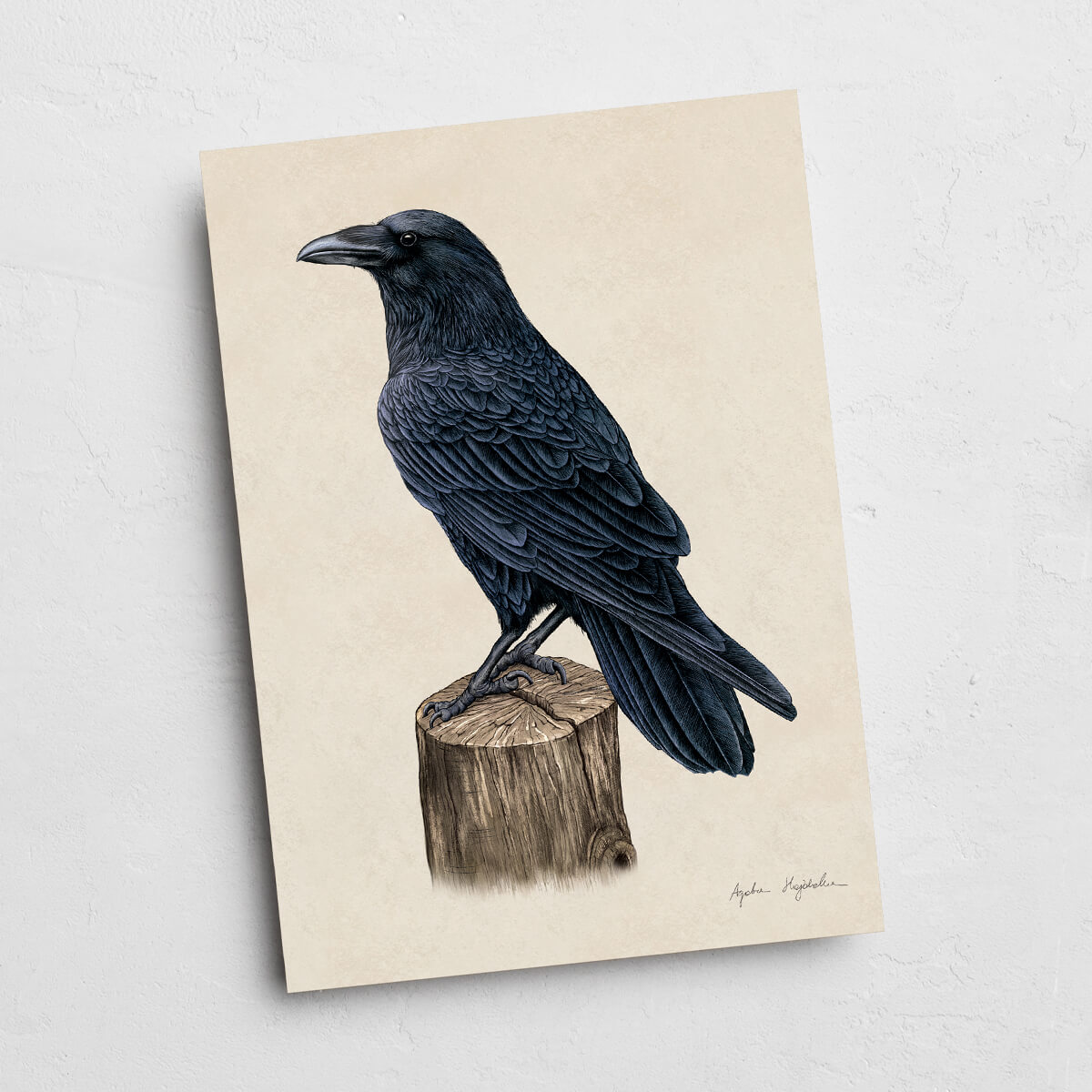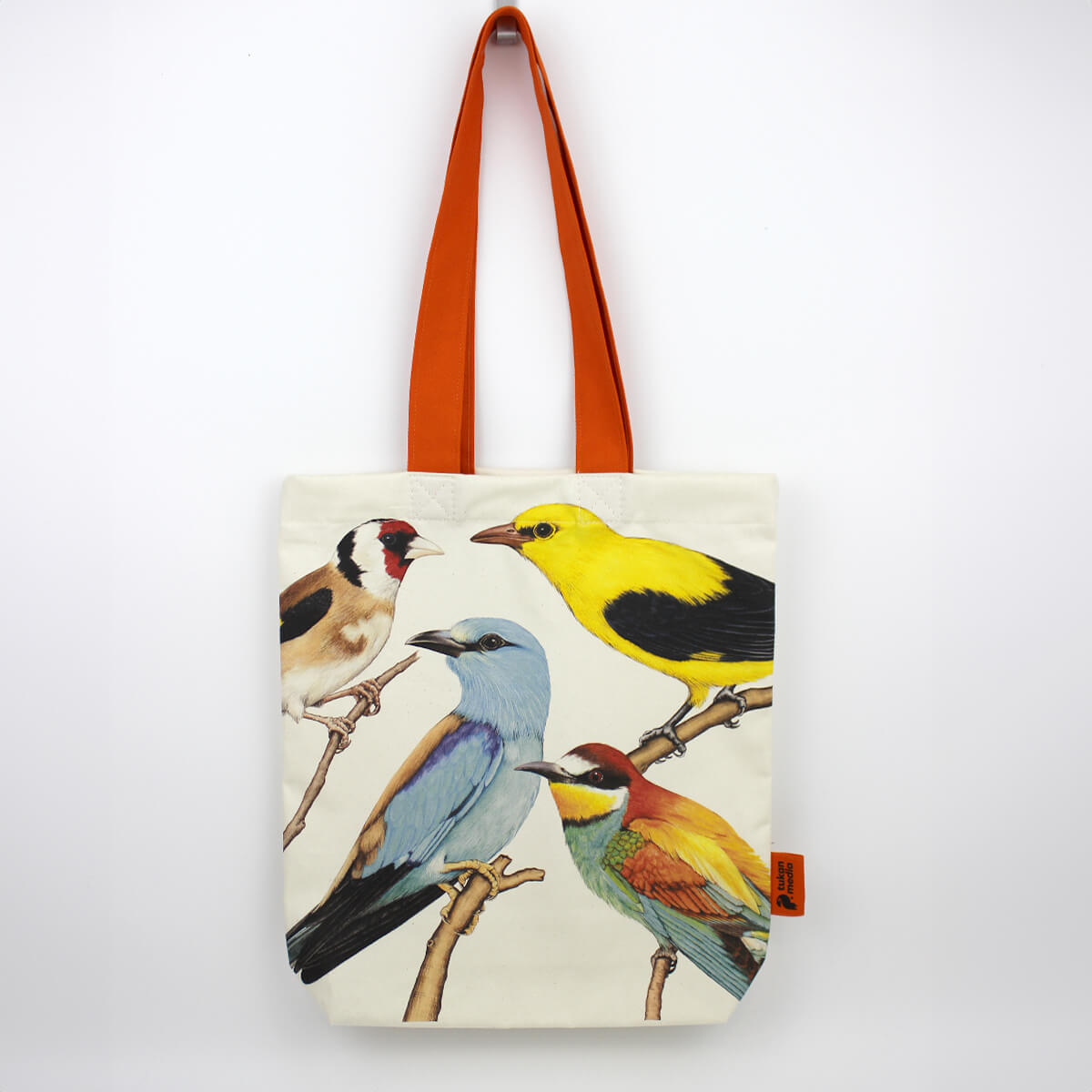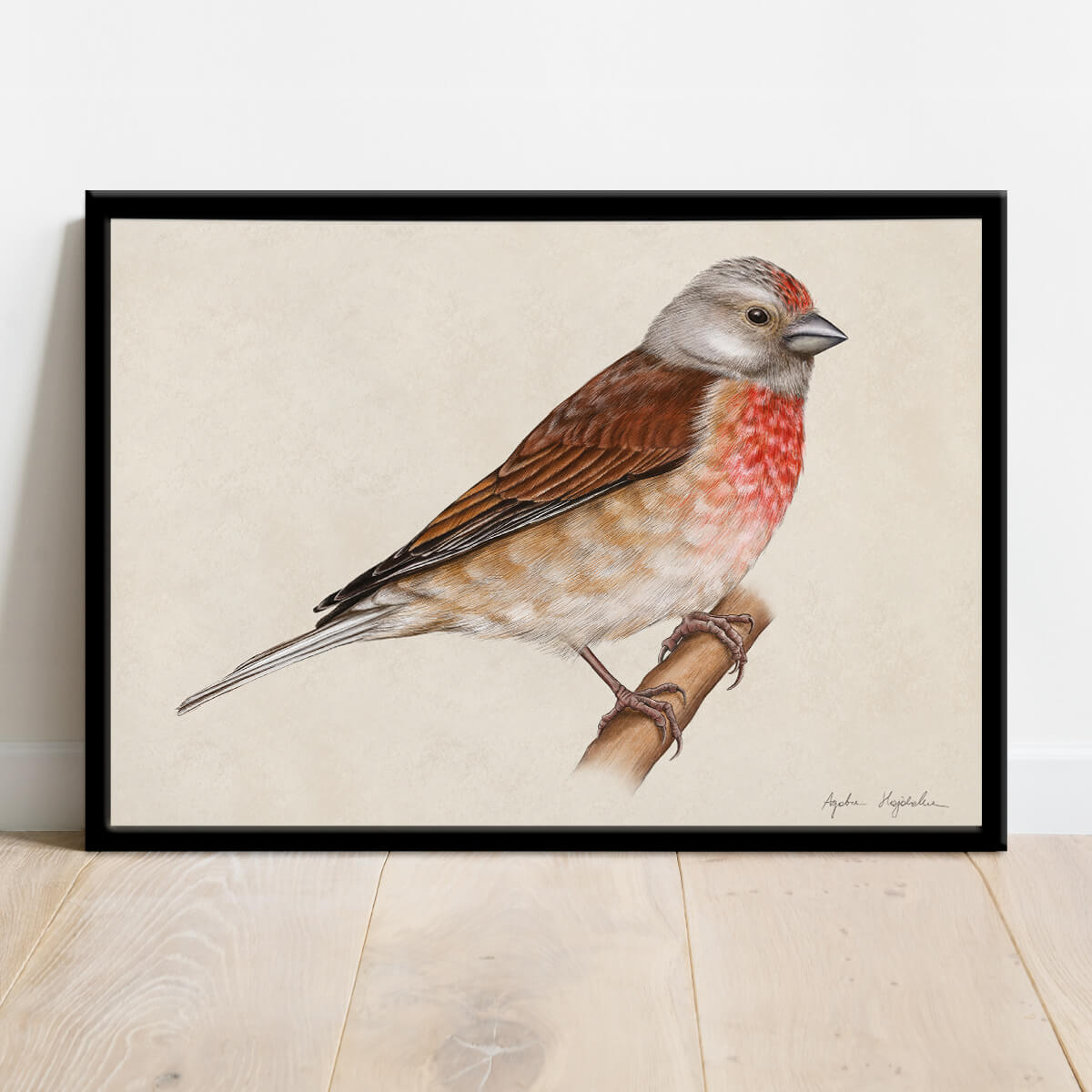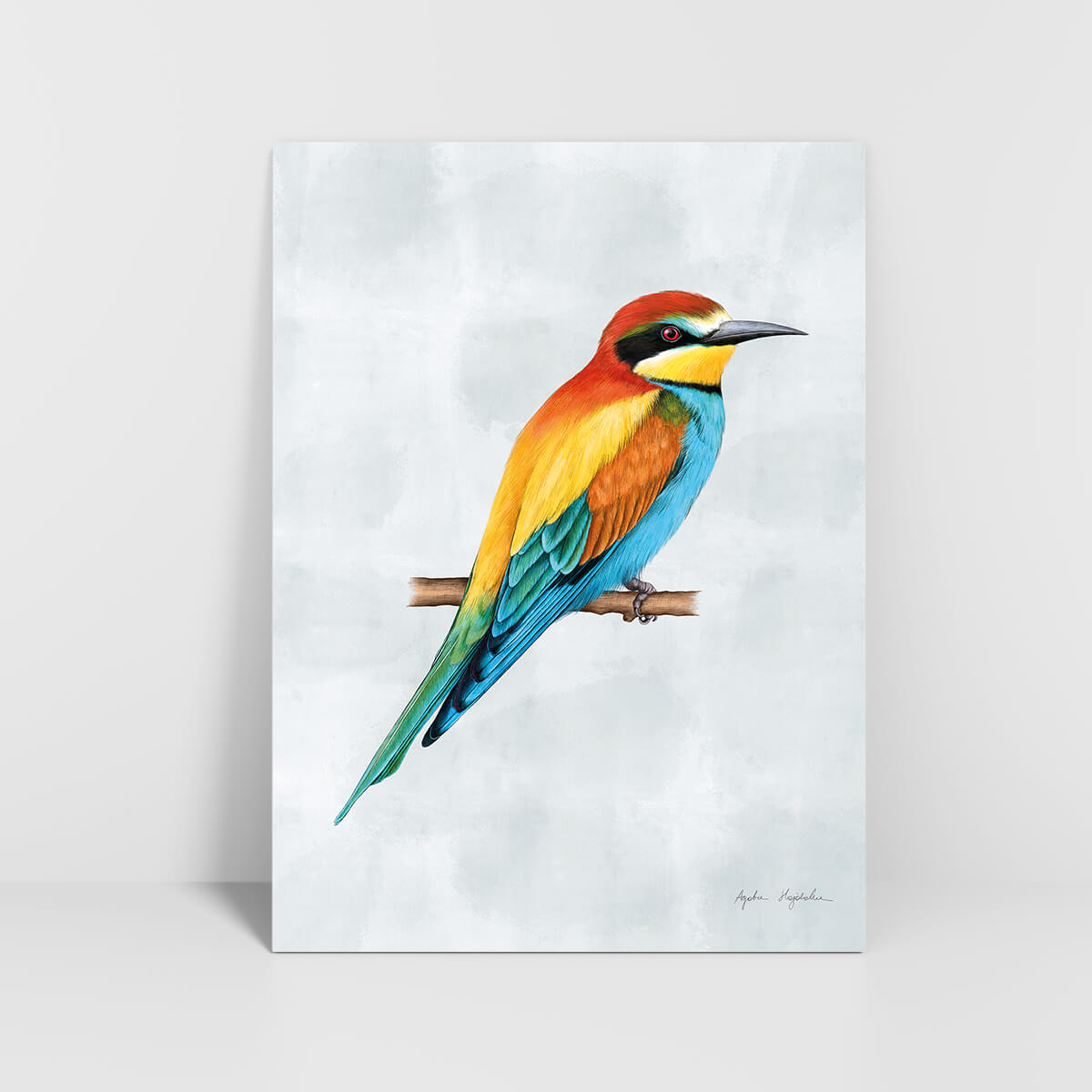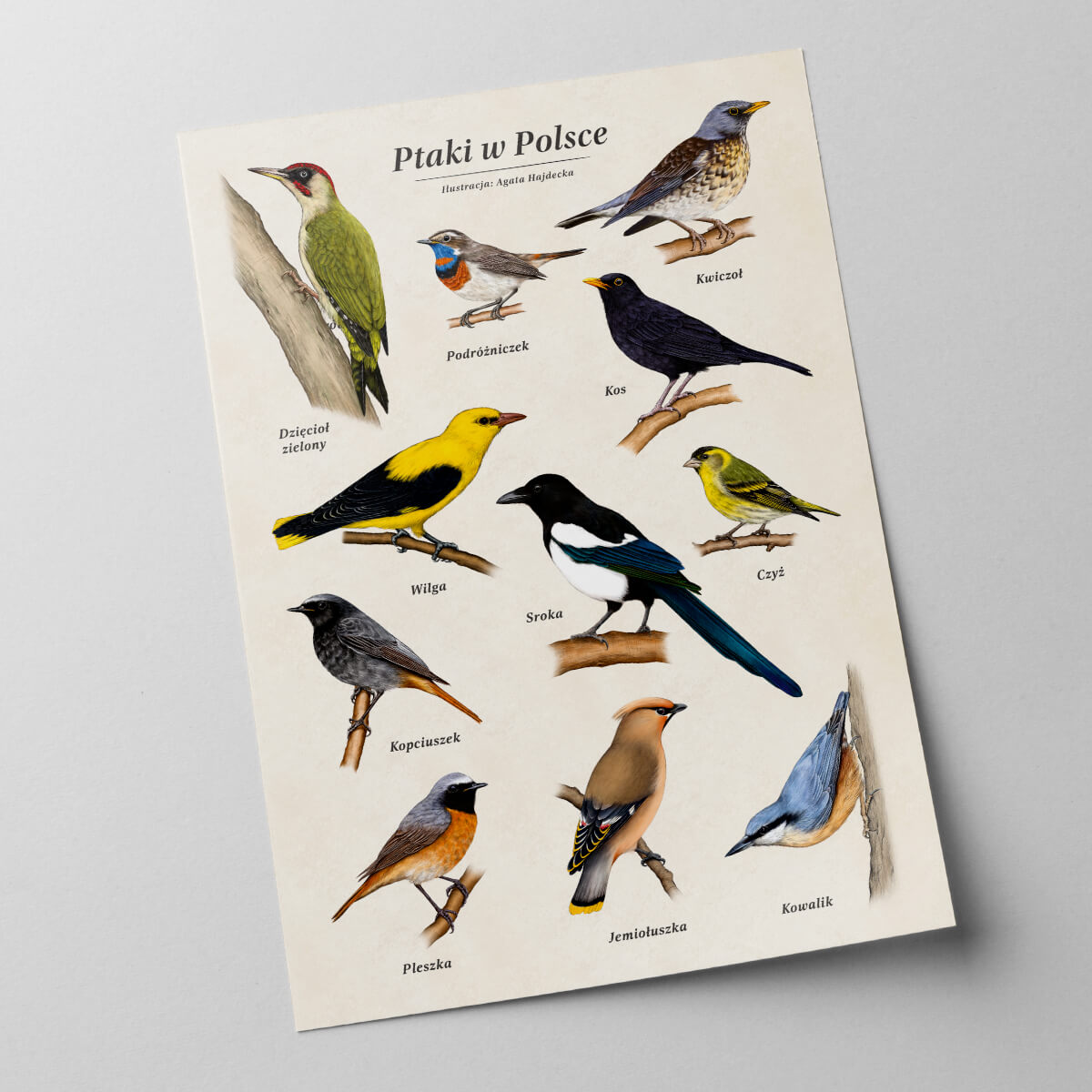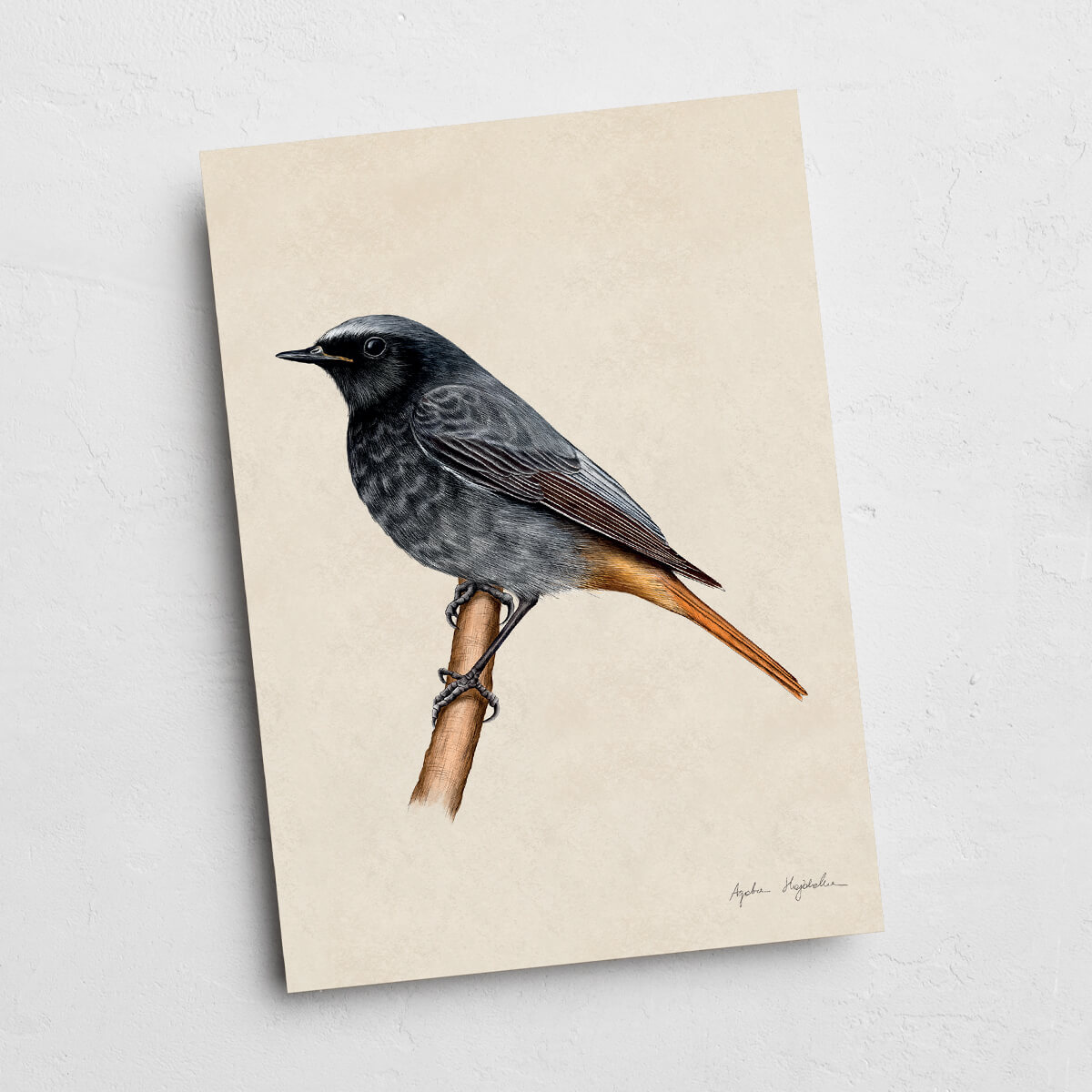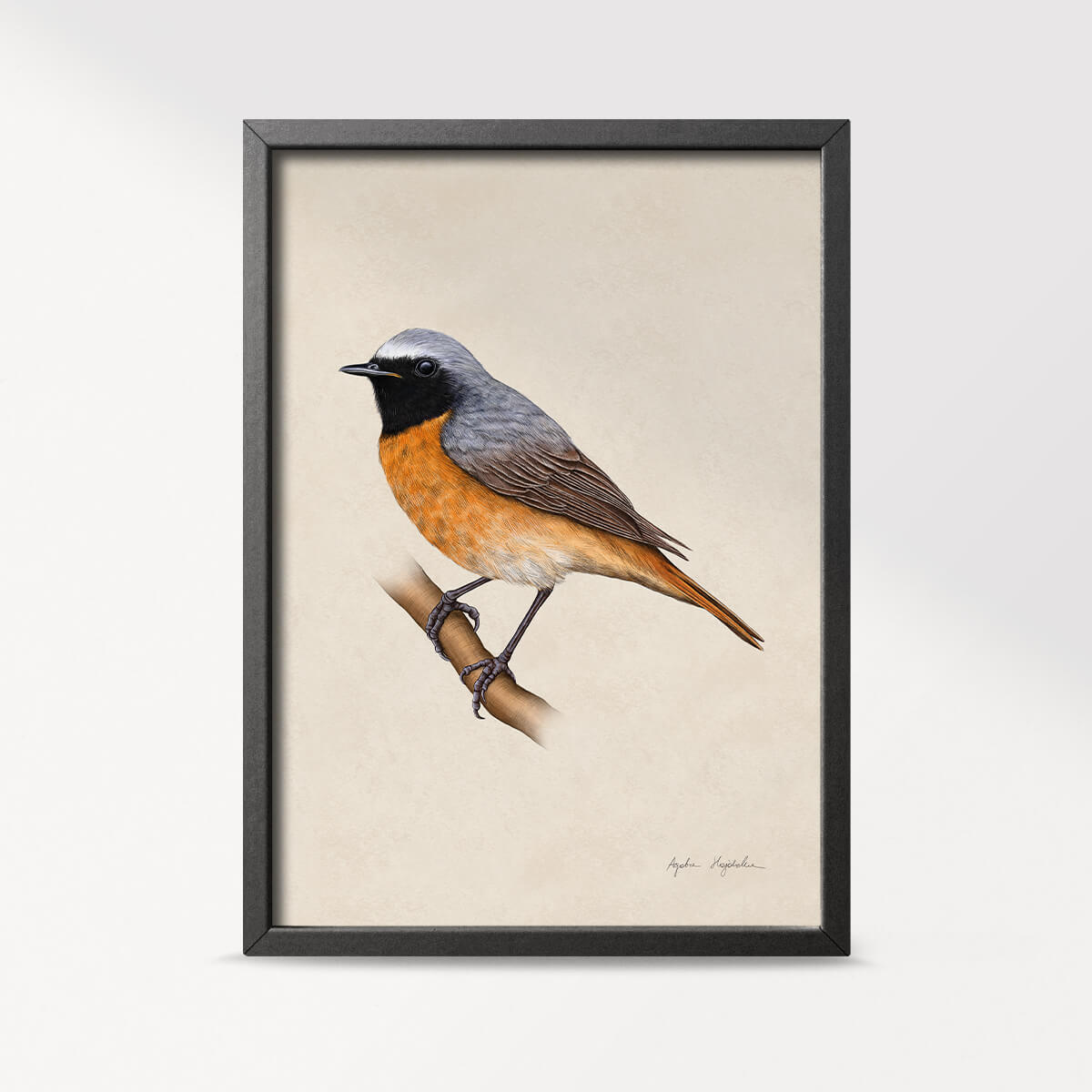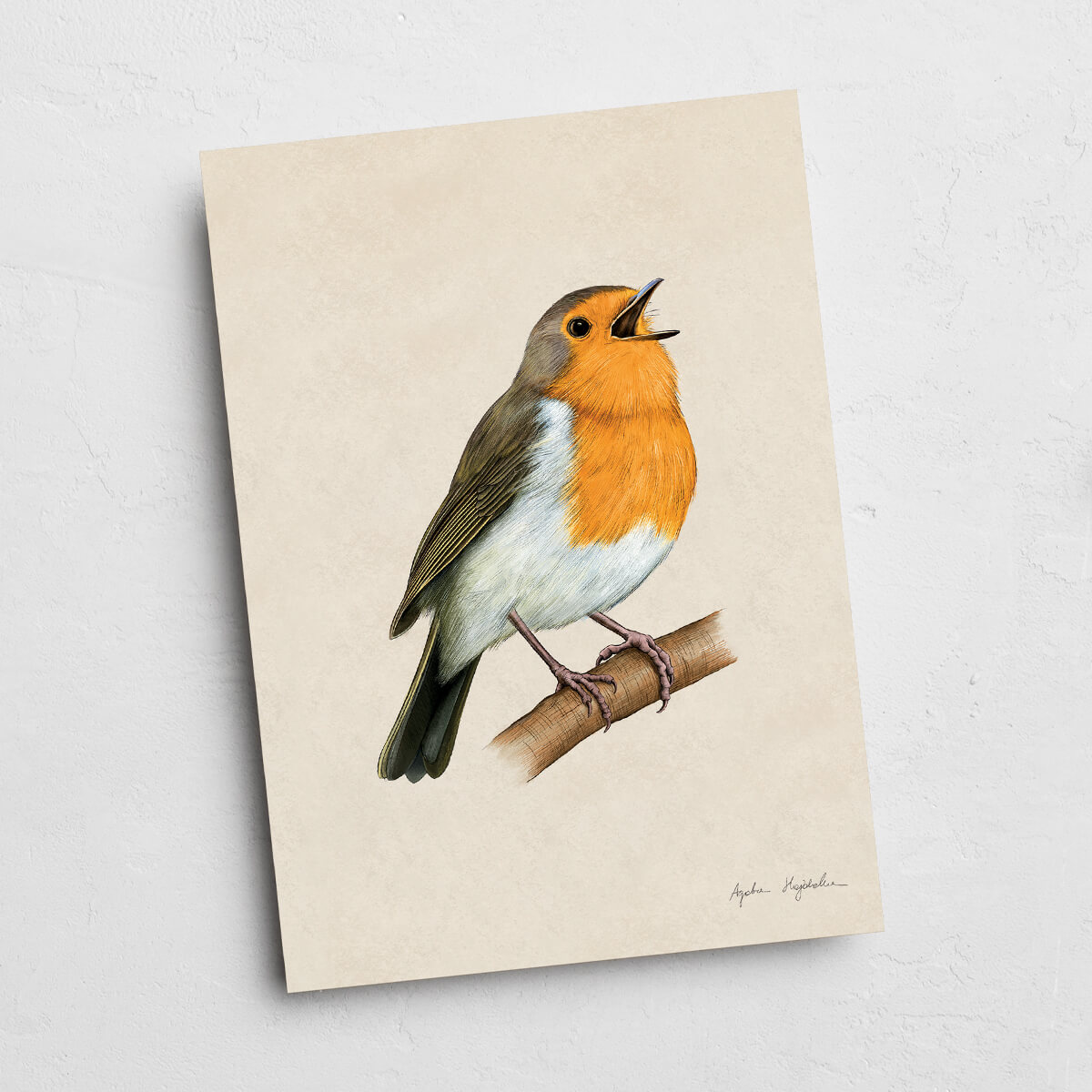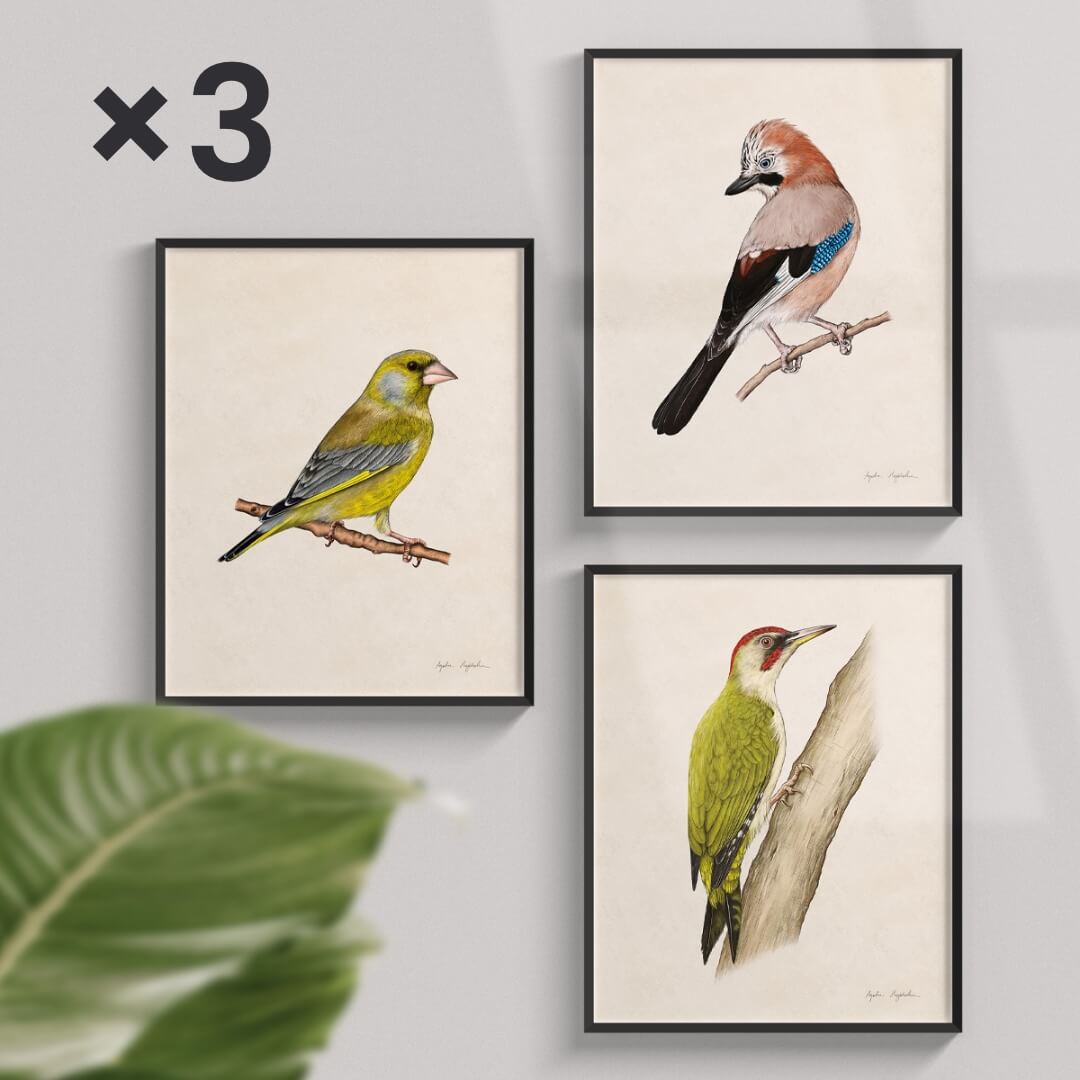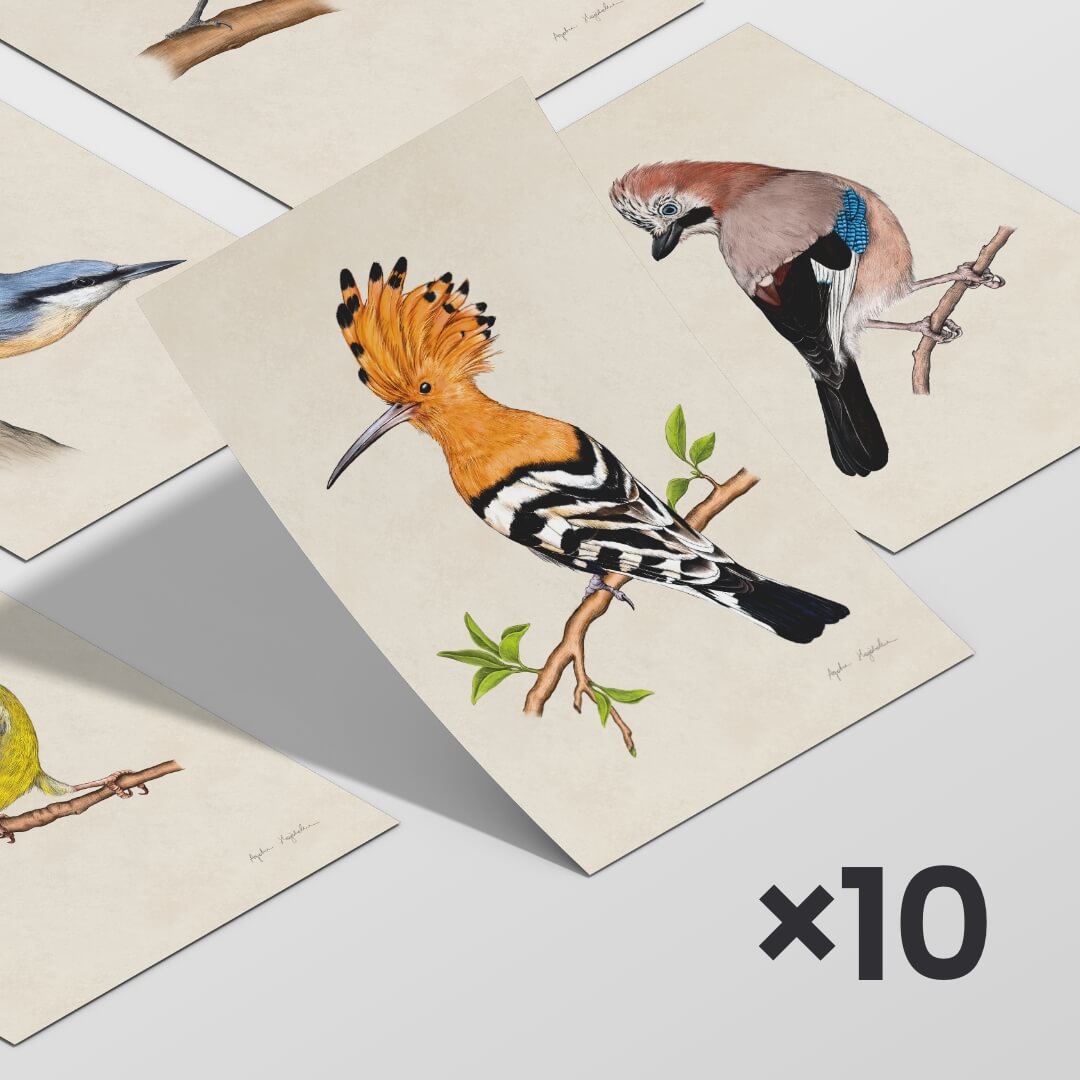- Tukan media
- Explore birds
- White stork
White stork
This bird is something that most people don't need an introduction to - almost everyone knows what a white stork looks like. It's widely recognized and appreciated in our country. Its body length is about 115 cm, it has white plumage with black accents, and long red legs and beak. It settles near humans - it chooses agricultural areas, wetlands, and river valleys as its living environment. It builds its nests from twigs and sticks, usually at significant heights - on poles, roofs, and trees. It lays 3 to 5 eggs in them, and after a month of incubation, the chicks hatch. It takes around 60 days for them to become capable of flight.
What does a white stork eat?
The white stork's diet consists exclusively of animals – aquatic creatures, mice, and large insects. And although it's famous for primarily preferring frogs, it turns out that it selects these amphibians only in crisis situations – when it returns to its breeding grounds and has to deal with a scarcity of food. This is when the frogs wake up from hibernation, are sluggish, and become easy prey for the hungry stork. These Predatory Birds of Poland do not reside in our country throughout the entire year – they migrate to warmer countries in late August and September, returning around March and April. Therefore, they don't have to cope with food shortages during winter or harsh weather conditions.
White Stork - Interesting Facts to Know!
Although the white stork is often associated with the upcoming spring and is perceived as a friendly bird, it's worth getting to know its lesser-known aspects that might surprise you:
- many people wonder if storks eat their own offspring - as it turns out, such cases are possible! There are also situations where stork parents push weak and sick chicks out of the nest and even carry out executions before flying to warmer countries, eliminating individuals who would be a burden during the long journey.
- white storks are capable of covering an impressive distance during their seasonal migrations - interestingly, their flight isn't active - they don't flap their wings but glide, skillfully using air currents to ascend to great heights. How long does the flight of a stork to Africa take? The average flight duration is two months - during this time, these birds cover a distance of 10,000 kilometers.
- in stork nests, smaller birds often inhabit as well and coexist with the stork family.
- although it's commonly believed that storks always return to their own nest, it's not true - if another pair arrives there first, they will inhabit that nest for the season.
- white storks are not monogamous - quite the opposite, a moment of the male's absence is enough for the female to allow herself to be fertilized by other individuals.
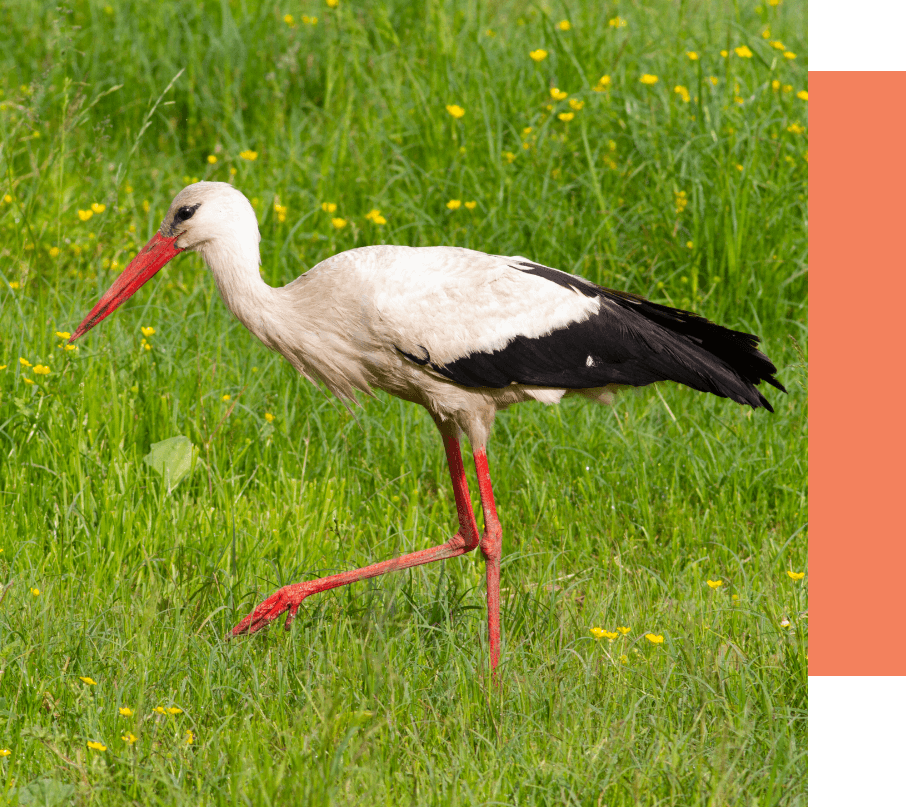
Listen to the voice
Gadgets with white stork illustration
If you're a fan of storks, have an affinity for these birds, or want to showcase them during educational activities, take a look at my collection of illustrations and other gadgets. You'll find, among others:
- posters
- porcelain mugs
View products with the white stork
400.00 zł 375.00 zł
464.00 zł 439.00 zł
150.00 zł 143.00 zł
174.00 zł 165.00 zł
50.00 zł
600.00 zł 500.00 zł
135.00 zł 129.00 zł
360.00 zł 340.00 zł
20.00 zł – 120.00 zł
20.00 zł – 120.00 zł
White Stork - Additional Information
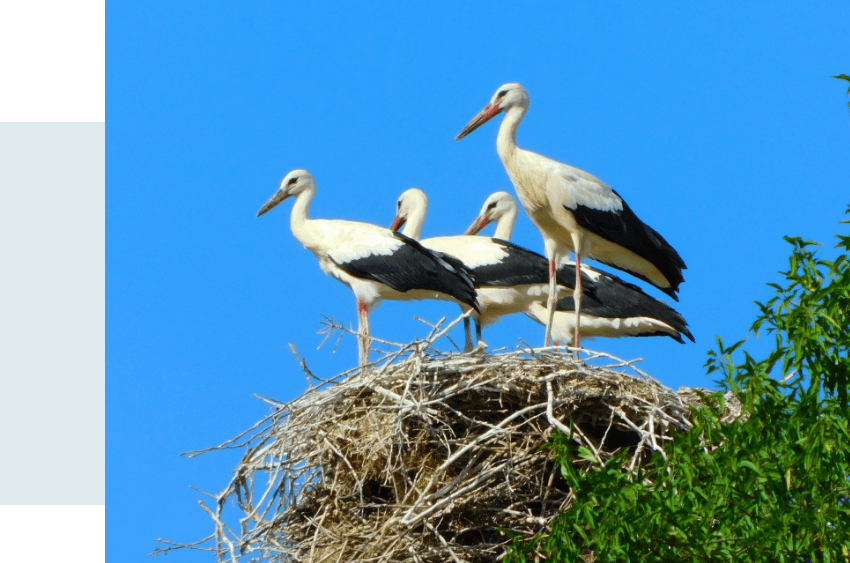
White stork
Ciconia ciconia
Family
Storks
Locations of Occurrence
The entire lowland area of the country, including foothill regions
Food
From various aquatic animals to mice and large insects
Population
A scarce, locally moderately abundant breeding bird
Migrations
Migratory, arrival in March-April, departure in August-September
Breeding
3-5 white eggs. Incubation lasts 33-34 days. Young birds become capable of flight after 58-64 days.
See other products with birds
89.00 zł
89.00 zł
20.00 zł – 120.00 zł
20.00 zł – 120.00 zł
20.00 zł – 120.00 zł
60.00 zł – 120.00 zł
20.00 zł – 120.00 zł
20.00 zł – 120.00 zł
20.00 zł – 120.00 zł
267.00 zł 230.00 zł
553.00 zł 499.00 zł
400.00 zł 375.00 zł
464.00 zł 439.00 zł
237.00 zł 225.00 zł
150.00 zł 143.00 zł
174.00 zł 165.00 zł
89.00 zł
50.00 zł
50.00 zł
58.00 zł
79.00 zł
79.00 zł
79.00 zł
79.00 zł
79.00 zł
50.00 zł
50.00 zł
50.00 zł
50.00 zł
50.00 zł
89.00 zł
89.00 zł
20.00 zł – 120.00 zł
20.00 zł – 120.00 zł
20.00 zł – 120.00 zł
20.00 zł – 120.00 zł
89.00 zł
20.00 zł – 120.00 zł
20.00 zł – 120.00 zł
60.00 zł – 120.00 zł
20.00 zł – 120.00 zł
20.00 zł – 120.00 zł
20.00 zł – 120.00 zł
600.00 zł 500.00 zł
160.00 zł – 320.00 zł
450.00 zł 400.00 zł




